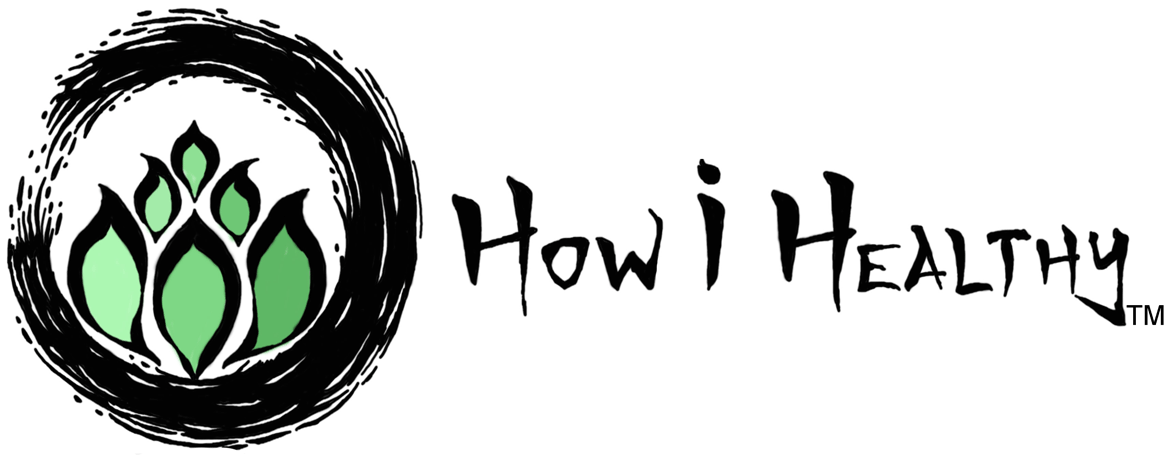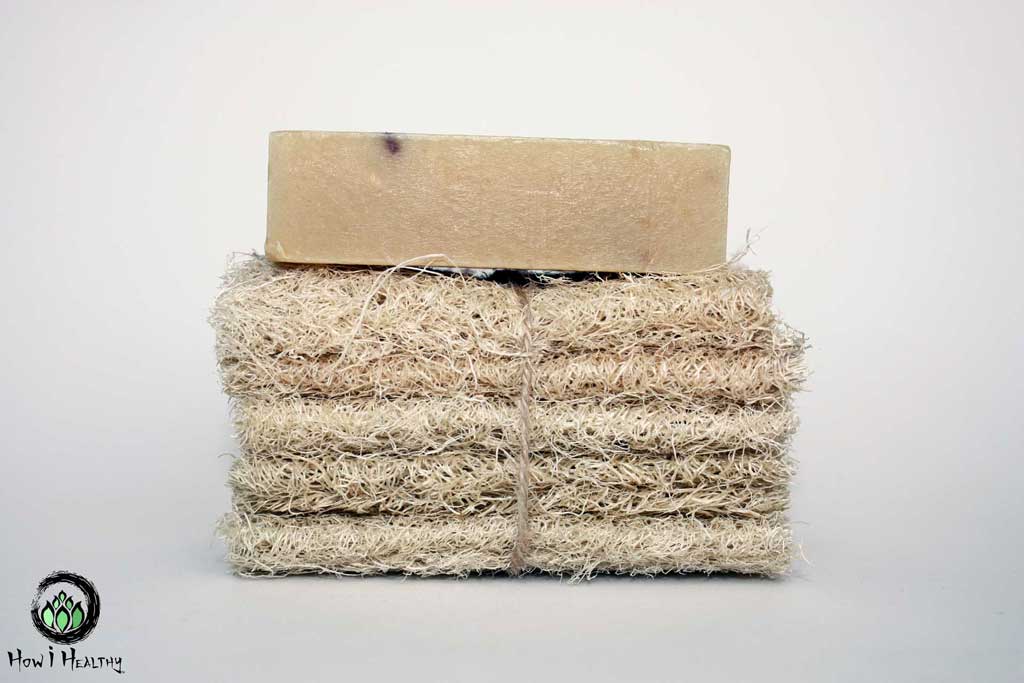In This Article, We'll Cover:
- The History of Soap
- The Science of the Skin Microbiome
- Why Water-Free Products Matter
- How i Healthy’s Favorite Natural Body Care Products & Why
The sea of body and hair care products out there is daunting.
Just walking down the store aisle and attempting to make comparisons is exhausting. Not to mention “eco-friendly” Greenwashing Scams.
Our lives have enough things going on. Let’s simplify it.
One word: EarthHero®.
I’ve talk about EarthHero® often, just check out my EarthHero® Review.
Long story short, they vet products through rigorous standards. They’ve done the research, so you don’t have to.
Many of My Favorite Products, (including my hair, skin, body, and make up favorites) are from EarthHero.
Before I dive into my favorites, let’s talk about some of my other favorite things.
History and the microbiome!
Turns out, the bacterium on our skin is awesome and even helps prevent body odor. Some soap can disrupt the pH of skin, kill helpful bacteria, dry out skin, and contain harmful ingredients. Yep, some soap can make us smell worse. (33, 34, 35, 36, 37, 38, 39, 40, 41)
Soap isn’t so clean. It’s ironic that some ancient soaps are probably better for our skin than modern day body washes.
The Evolution of Soap
The First Soaps: Get Dirt Off
Some of the first soap recipes come from Mesopotamia, Egypt, ancient Greece and Rome. (42)
Fats, like olive oil or tallow, were mixed with ashes. This created a slippery agent that lifted dirt and grime. Lye, a substance found in the ashes, reacts to the fat and becomes thicker. This process is saponification. Once the goop solidifies, the lye neutralizes. And boom! Soap! (42)
Etymology:
The etymology of soap isn’t clear, but here’s a few theories:
German: saipo, meaning “to strain”
Latin: sebum, meaning “grease”
(31)
For most of history, saponification ruled. Salt sometimes crept into soap recipes, but no other major changes happened. Not until WWI. (42, 43)
Animal fat shortages spurred German innovation. Engineers produced synthetic “detergent”. Detergents didn’t contain fat or lye. Instead, enzymes lifted dirt. Detergents combined with rough particles, called surfactants, created powerful cleaning agents. (42, 43)
Many detergents were still marketed as soap, and still are today. But by historical standards do not qualify as soap.
Since then, additives like Triclosan, alcohol, brighteners, benzalkonium chloride, and chloroxylenol appear on packaging (42). And, some of these additives aren’t the best for your bodies.
Modern Soaps: Antibacterial
First of all, let’s tackle antibacterial soap.
Antibacterial soap is as effective as “regular” soap but potentially exposes us to more risk. (33, 34, 35, 37)
I’m talking about triclosan, the chemical in soap that makes things antibacterial.
Plain soap is as effective as antibacterial soap in preventing illness and promoting cleanliness, according to the Food and Drug Administration (FDA). (33)
The FDA expressed concerns for triclosan use, citing antibiotic resistance, skin irritation, allergies, and thyroid issues. (34, 35)
The FDA referred only to antibacterial soaps, but let’s talk about “regular” soap as well.
Most soaps do more harm than good.
Why?
It’s all about bacteria.
The Skin Microbiome
The gut microbiome you may know about. We love a happy gut!
But there is another vital organ often ignored that needs bacteria too. Our skin.
Yay, Microbiomes!
The Skin Microbiome Supports Us By:
- Supporting the immune system to prevent infection. (44, 45)
- Aiding in wound healing and preventing infection. (44)
- Reducing exposure to UV light and skin cancer. The bacteria Staphylococcus epidermidis might even inhibit the growth and spread of tumor cells. (46)
- Potentially preventing atopic dermatitis/eczema, dandruff, psoriasis, and acne. (45,47, 48)
When the skin microbiome becomes imbalanced, our skin might suffer. Imbalances are linked to increased body odor and a host of other medical conditions.
Therapeutic uses of bacteria are the next frontier in skin science. Innovative skin microbiome transplantation is a hot topic for potential therapies (51). I’m curious to see where it goes!
But as Heidi H. Kong and Julia A Segre of National Institutes of Health explain:
“Our current society paradoxically strives to colonize our guts with probiotic yogurts while sterilizing our skin.” (47)
Why are we sterilizing our skin?
Nay to Soap!
Soap can harm the skin’s micro
Our skin’s pH typically ranges from 4.0-7.0, the optimal pH for the microbiome to colonize (45, 49, 50).
Most soap has a pH upwards of 10. This environment is not conducive for bacteria to thrive.
Most soap, even ‘natural’ soap, strips the skin of sebum, the oil keeping the skin hydrated and supple. Soap dries the skin out, then we compensate by lathering ourselves in lotions. Lotions, that often have drying ingredients like alcohol. This can make skin even more dry.
It’s a vicious cycle:
Buy soap that strips & dries out our skin
Apply lotion (often contains drying ingredients)
Use soap again
Use more lotion
It’s a money pit. And, it wreaks havoc on our microbiome.
Plus, there’s the questionable ingredients of most soaps.
We’ve already talked about the dangers of triclosan. But the bad news doesn’t stop there.
Conventional soap has a long list of chemicals.
Things like:
- 1,4-Dioxane
- Parabens
- Polyethylene Glycols (PEG) Compounds
- Sulfates
- Synthetic fragrances and Phthalates
(36, 38, 39, 40, 41)
That’s a nasty list, check out The Chemicals Guide for more details and how to reduce your exposure.
Other Problems
It gets worse though. And not just for soap.
Shampoos, conditioners, face creams, deodorants, and cosmetics all have better and worse variations.
Lead in Cosmetics
Hair dyes can contain lead acetate. The Food and Drug Administration (FDA) currently considers this a safe additive. (81)
Despite being “safe”, chemical hair dye, might increase the risk of developing cancer and brain tumors, neuroblastoma cancer in children whose mother used hair dye while pregnant. But for every study showing a hair dye-cancer relationship there is another study suggesting no relationship or lack of definitive findings to draw any conclusions. (92, 93, 94, 95, 96, 97)
The American Cancer Society agrees there is not enough conclusive data for either statement. (93)
That doesn’t change much. Hair dye can still contain lead acetate.
Even “natural” hair dyes can contain lead acetate (and other scary things!) That’s why I use henna. Check out my Henna Hair Natural Hair Dye Guide to learn how to naturally dye your hair with awesome plant-based dyes.
And it’s not just hair dye. (Actually, lead is in many places, I wrote a whole guide for that too: How to Avoid Lead)
Cosmetics, including lipstick and eye shadow, have shown toxic levels of lead after just a few applications. And that lead is most likely being ingested or entering the mucus membranes of the eye. (88, 89, 90, 91)
Counterfeit & Greenwashed Products
Third-party marketplaces are riddled with counterfeit products. (81, 82, 83, 84, 85, 86, 87)
In one study, cosmetics tested contained cyanide, mercury, and rat feces. (81)
And in another study? Counterfeit body products contained human waste, arsenic, mercury, and aluminum. (84)
Counterfeits are not only potentially hazardous, they’re a waste of money. This is such a prevalent issue. I even made a How to Avoid Counterfeit Products.
And of course, there’s greenwashing. Or marketing a product as more “eco-friendly” than they are.
I loathe Greenwashing so much. And before I go on a rant, just check out the Greenwashing Guide.
Weight & Water
If you’ve read My Best Sustainable & Ethical Tips than you know I don’t like most water-based products.
Shampoos, conditioners, body wash, and lotions are all excuses to add water. Unnecessary water.
I already have water. I can add my own, thanks.
Beyond the cost, water also adds bulk & weight. That means trucks/planes/boats can’t haul as much product per load. That means increased carbon emissions. (79)
Transportation is one of biggest carbon footprints. So lightening loads is imperative. In the US alone, transportation emissions make up 29% of total greenhouse gas emissions. (80)
Swapping water-filled products for solid products is one way to lighten up goods while getting the most bang for your buck.
That said, you’ll still find liquid products on my shelf.
Some things are hard to go liquid-free (I’m looking at you face creams!). But I still opted for water-free. All my liquid products are aloe vera-based or banana juice-based. So at least I’m not paying for water.
To offset that liquid, I use the products sparingly. I make them last. And I find a little of each product goes a long way. I’m still on my first bottle/jar of each after 1 year.
Natural Body Care Products
Before we talk about simple and effective natural body care products I love, what else is important to make the cut?

The How i Healthy Standard
Our favorite products/brands meet as many of these conditions as possible.
Healthy body, healthy planet, & healthy sex means:
- Align with My Best Sustainability & Ethical Tips
- As Local as Possible
- Cruelty-Free
- Doesn’t Contain these Harmful Chemicals
- Environmental and/or Socially Responsible Company
- Ethically Made: Fair Trade, Living Wages, Safe Worker Conditions
- Gender-inclusive
- No Greenwashing Scams
- Organic & Sustainably Harvested Ingredients
- Pass How i Healthy’s Counterfeit Vetting Process
- Purchased Through/From an Ethical Shop/Marketplace.
- Zero Waste / Plastic & Bioplastic-free / Home Compostable
- 1% for the Planet®, B Corporation®, Green American Business®, or similar credentials
Sustainable & Ethical Black-Owned Brands
What works for my skin and hair type might not work for others. I have light skin and straight blond Henna-Dyed hair. That said, I want to provide resources for folks of all types of hair and skin.
So, if you are looking for more product options, EarthHero® has an ever-growing list of Black-owned Brands with sustainable & ethical Products.
And, for even more Black-owed & Black-made brands check out BLK+GRN. This marketplace curates plant-based, non-toxic, cruelty-free body & hair products made by Black artisans.
Shower Products
Body Soap: Vermont Soap
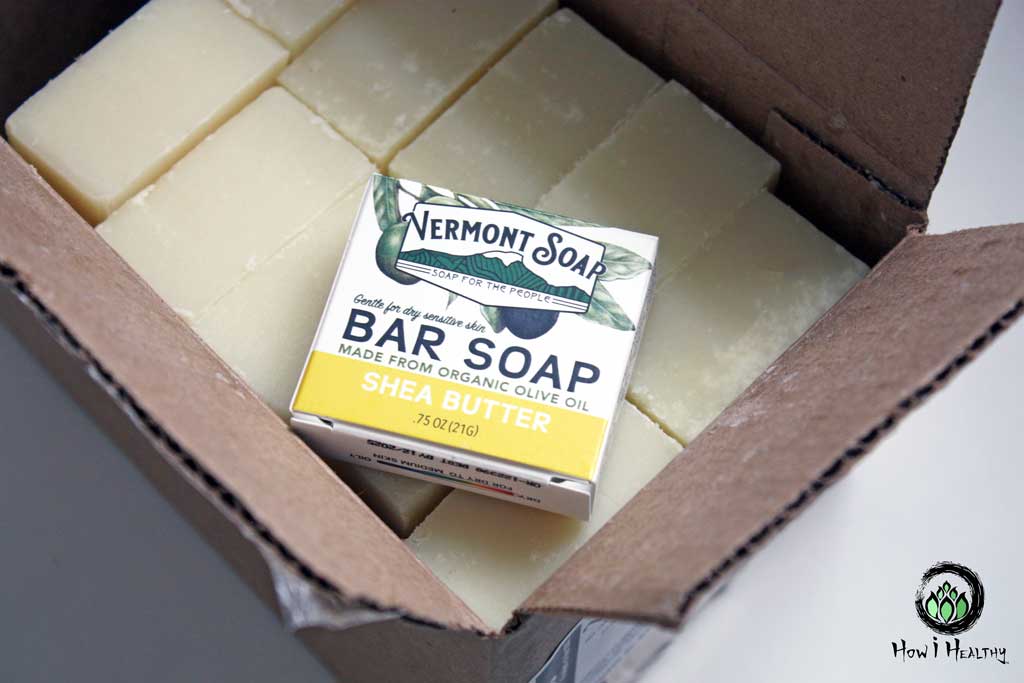
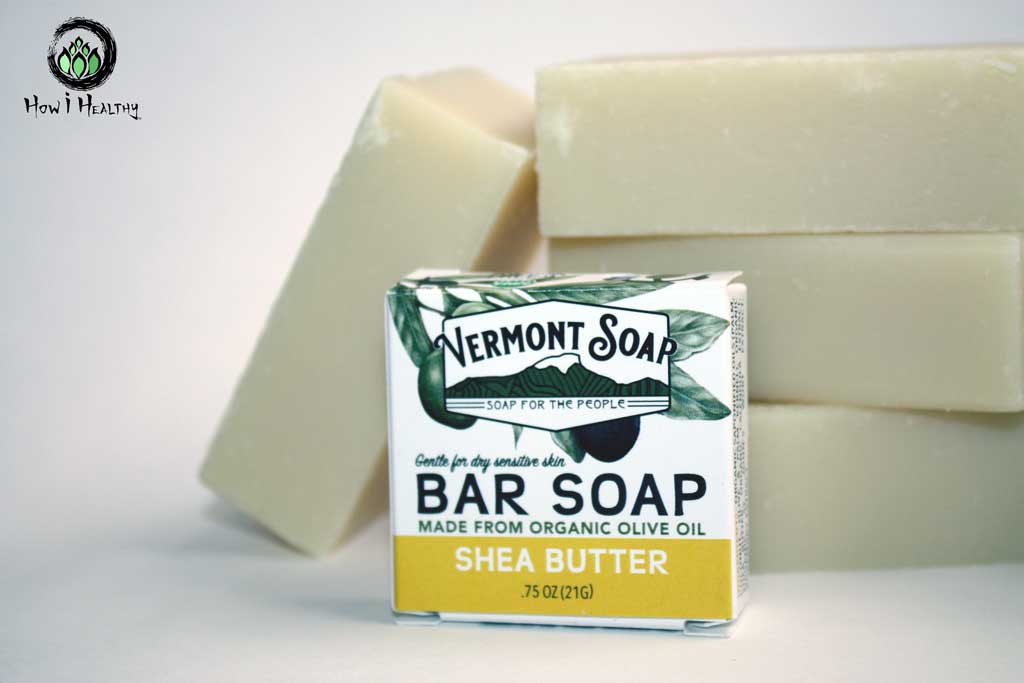

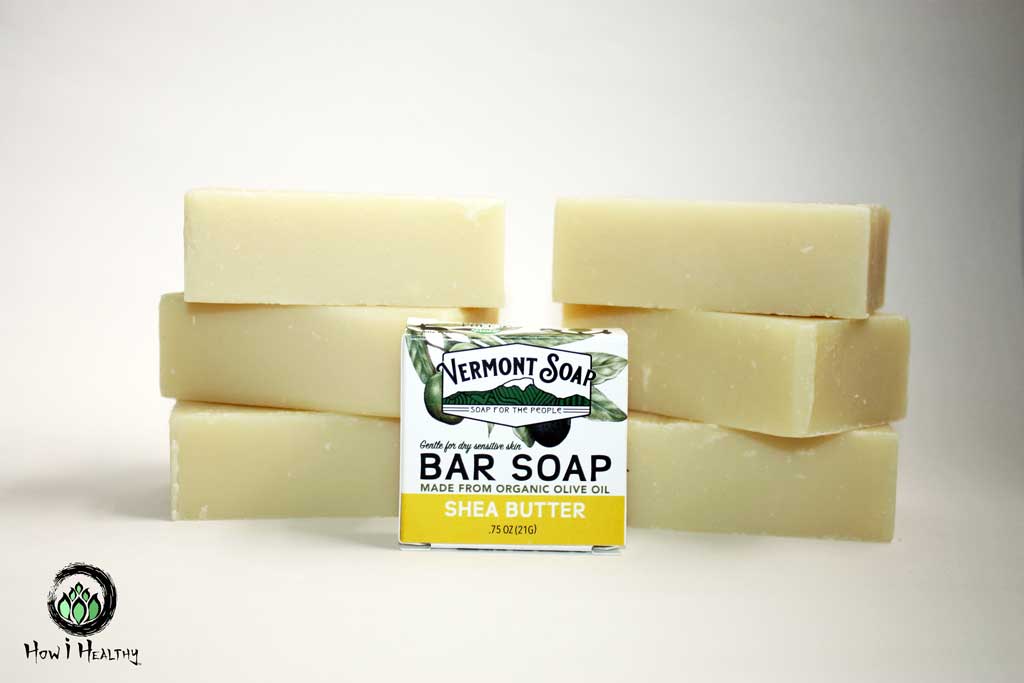



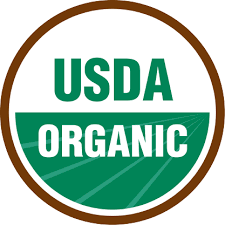
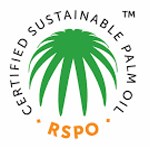
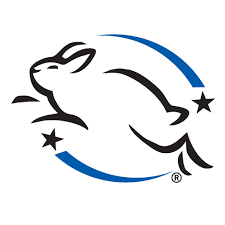
Product Kudos
Origin: Middlebury, Vermont.
End of Life: Choose package-free! Recycle paper packaging otherwise.
Ingredients/Packaging:
- Bulk Soap: *Saponified Oils of Palm* (RSPO sustainable palm), Coconut, Olive* and Palm Kernel*, Cocoa Butter*, Oatmeal*, Rosemary Extract*, Aloe Vera*. *=Certified Organic (107)
- Shop in bulk without any packaging at all! Ships in paper packing box with formaldehyde-free tape.
Why It’s Awesome:
- Handcrafted in Vermont in a solar powered facility.
- 3lb bulk soap buying options! The most affordable natural soap I’ve found. When in stock, I purchase the 3lb box of Soap Chucks and cut my own!
- Also available: 3lb Seconds Soap Bars. These bars have a slight cosmetic defect making them ill-suited for packaging and full price sales. Photos above show my box of seconds. They are gorgeous!
- Bulk buying! The bulk 3lb option comes packaging-free and at a fraction of the cost of a single bar at a time.
- Just look at the math!:


- And factor in that most bar soaps are about $5-9 per bar!
- Hydrating. Every bar is loaded with rich oils that leave skin clean but not dry.
- Nutrient rich & Moisture-locking Olive oil. Olive oil has anti-inflammatory fatty acids, antioxidants, phenolic compounds, flavonoids, polyphenols, and oleic acid (1, 2). Olive oil also helps lock in moisturize by creating a barrier.
- The smell! It’s natural, not overwhelming, and makes me smile and take a deep breath every time I wash my hands.
- Vermont Soap has many scents, and unscented as well! Some soaps are best suited for oily skin, while others are for dry skin.
- Water-free! If you’ve read My Best Sustainable & Ethical Tips than you know I don’t like water-included products. No body washes, please. I have water already; I can add my own. Plus, eliminating water also reduces product weight and size. That means more efficient transportation & more product per load. That means less transportation emissions (one of the biggest carbon footprints). (64, 65)
Company Kudos
- Awesome company responsibility and commitment to the planet. Responsibly sourced RSPO certified palm oil, Organic ingredients, and sustainable tea tree oil supply chain.
- Made in a solar and hydro powered facility.
- Since 2003, Vermont Soap has partnered with organizations, including a women’s cooperative in Asawinso, Ghana West Affrica to teach soapmaking. Since 2003, their collaborations have expended to Ghana, Guinea, and Liberia.
(108, 109, 110)
Loofah: Plant-based & Home Compostable
Pair that soap with a traditionally-grown & compostable Plant-Based Loofah from a Mayan family farm in Guatemala!
These awesome plant-based, unprocessed, and chemical-free sponges are compostable and have no plastic.
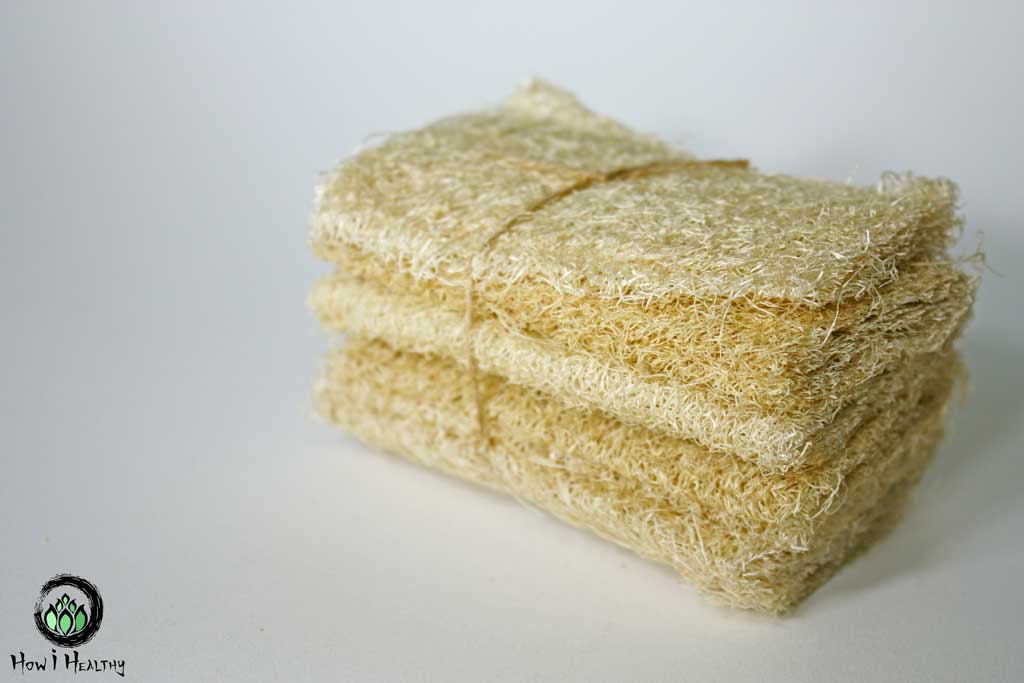

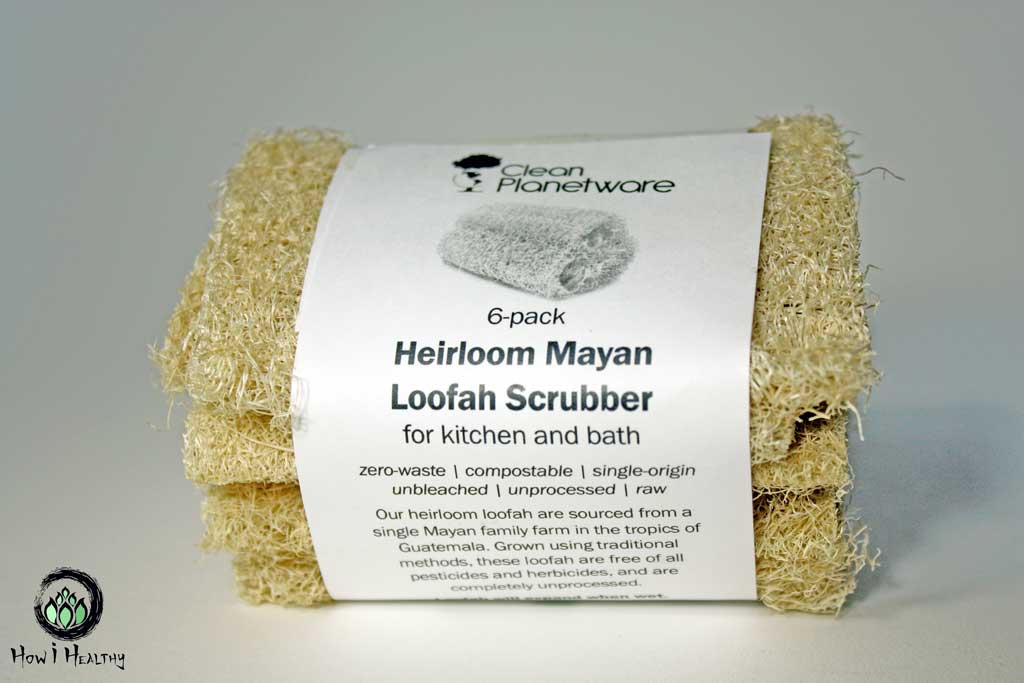

I adore these sponges so much, I use them for the dishes too! They have gentle scrubbing action, dry really quick, and never smell!
Also awesome? When my bar soap gets to the “tiny pieces” stage, I shove them into the loofa sponge. That way every last bit of soap it used.
Shaving Soap: Badger®
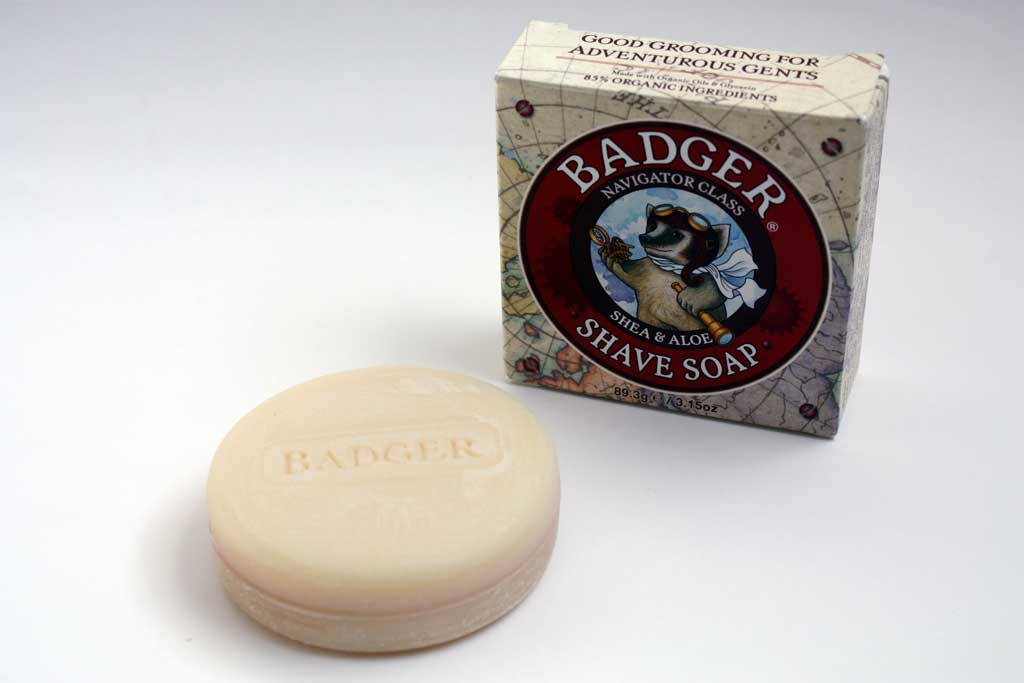

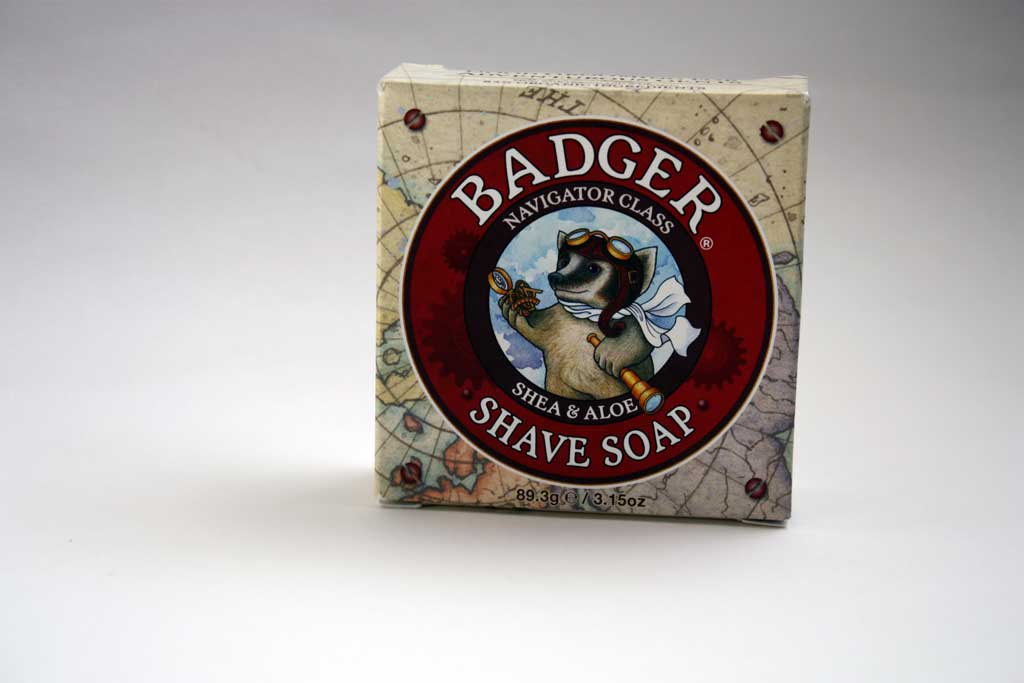

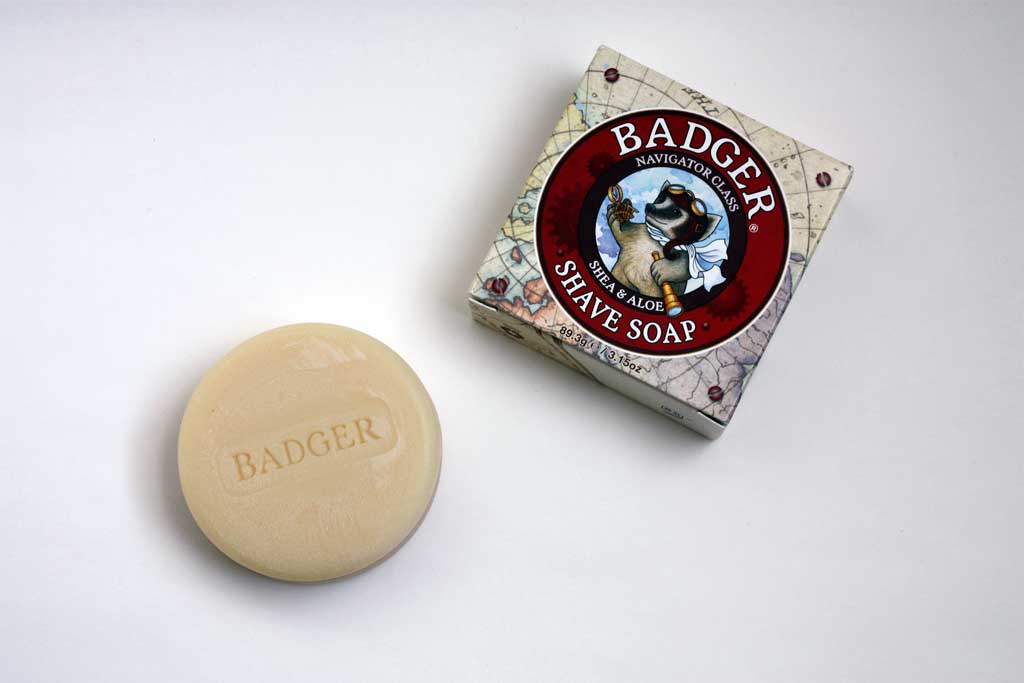

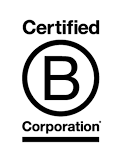












Product Kudos
Origin: USA, in a solar-powered facility.
End of Life: Recycle paper box.
Ingredients/Packaging:
- Organic Shave Soap: Sodium Palmate (Organic Palm Oil & Sodium Hydroxide), Sodium Cocoate (Organic Coconut Oil & Sodium Hydroxide), Water (Aqua), *Glycerin, *Butryospermum Parkii (Shea) Butter, *Citrus Aurantium Bergamia (Bergamot) Peel Oil, Sodium Citrate, *Vetiveria Zizanoides (Vetivert) Root Oil, *Aloe Barbadensis (Aloe) Leaf Juice, *Santalum Album (Sandalwood) Oil *Elettaria Cardamomum (Cardamom) Seed Oil, *Vanilla Planifolia (Vanilla) Fruit Extract, *Piper Nigrum (Black Pepper) Fruit Oil, *Commiphora Myrrha (Myrrh) Resin Extract. *=Certified Organic.
- Plastic-free paper packaging.
Why It’s Awesome:
- Amazing scent that lingers delicately without overwhelming. It’s an earthy blend of sandalwood, vanilla, and myrrh.
- Creates the perfect creamy glide for a razor, reducing razor burn, cuts, and irritation. All while getting a super closer shave!
- Easy to travel with. Just wrap in a small towel and pack. TSA is a breeze.
- Great for legs, beards, pits, groin, you name it! Both my partner and I use this for all the places we shave.
- No chemicals, synthetics, fragrances, parabens, GMOs, BPA, or Phthalates.
- One bar lasts a long time! A little goes a very long way.
- Plastic-free & water-free.
- USA-made in a New Hampshire solar powered facility.
Company Kudos
- Badger® is awesome. Since 1995, this New Hampshire based family-owned, family-run, Certified B Corp has taken social and environmental stewardship seriously.
- Badger®’s products are made in the USA and are Leaping Bunny Certified. Most products are also certified organic and/or Fair Trade.
- Donates 10% of before tax profits to educational and community nonprofits.
- Family friendly policies include primary & secondary care parental leave, extended parental leave, childcare reimbursements, and partially subsidized on-sight daycare. There’s even a “take your babies to work” policy where infants up to 6 months can join their parent in the office.
(4, 12, 14)
Plastic-Free Razor
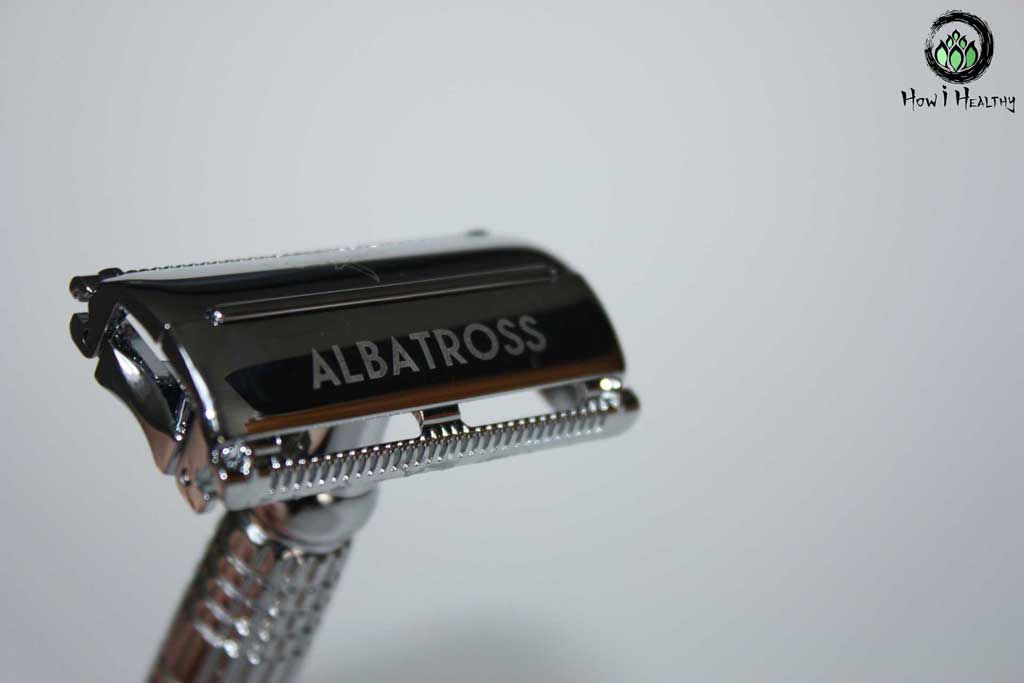


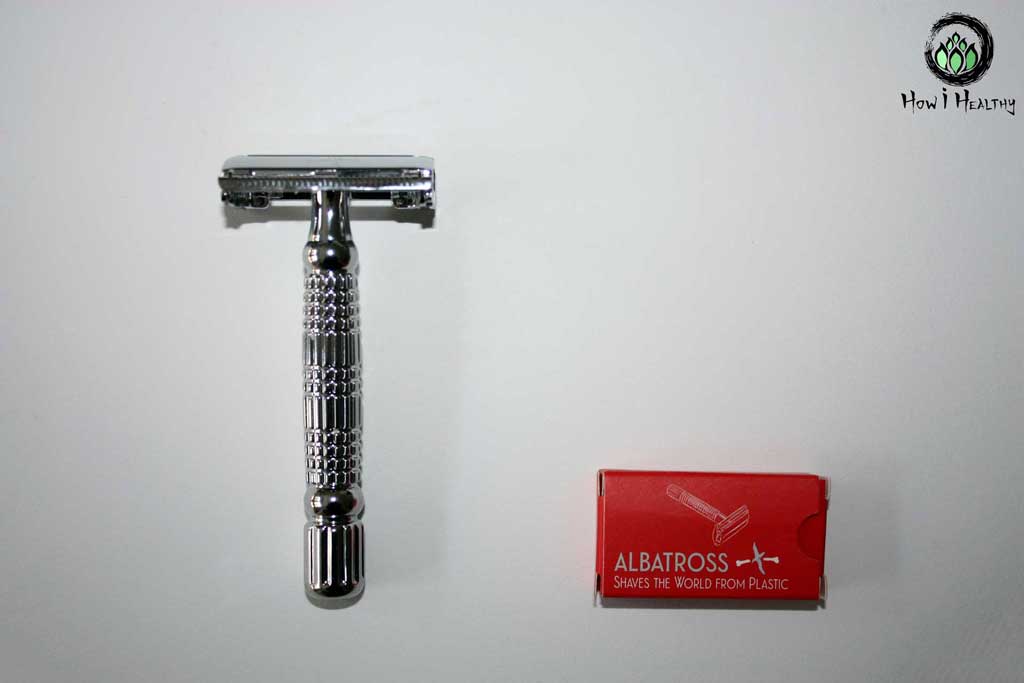

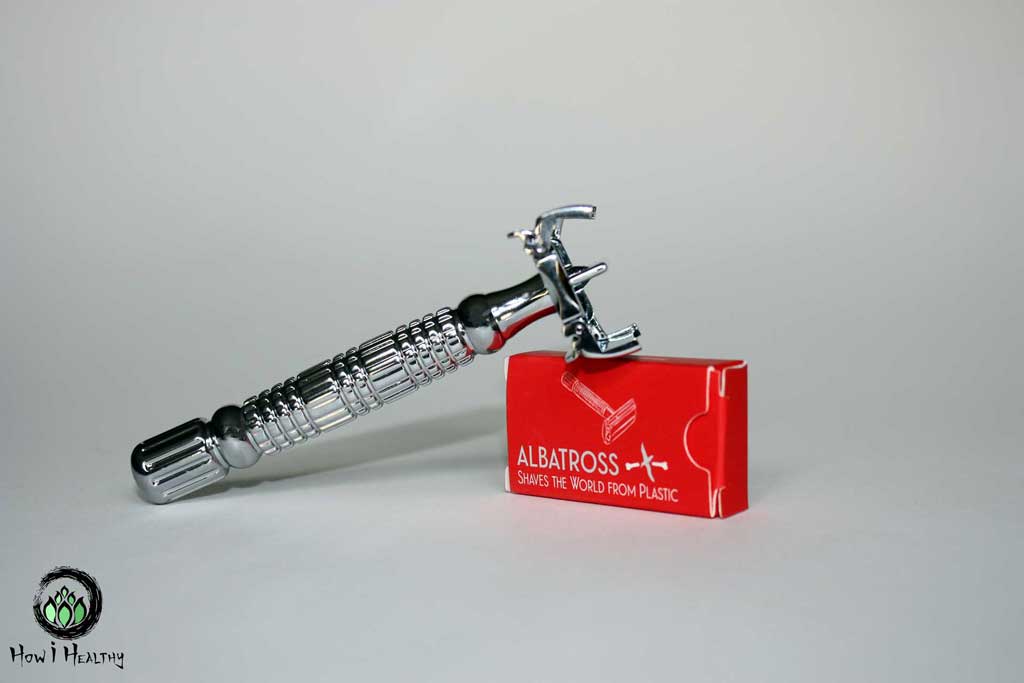

And here’s my awesome stainless steel Albatross Razor Blade! Plastic-free everything! From packaging to components & product.
Twisting the razor’s handle opens the razor compartment.
Moisturize
Earth Harbor Serums for ALL THE THINGS
Product Kudos
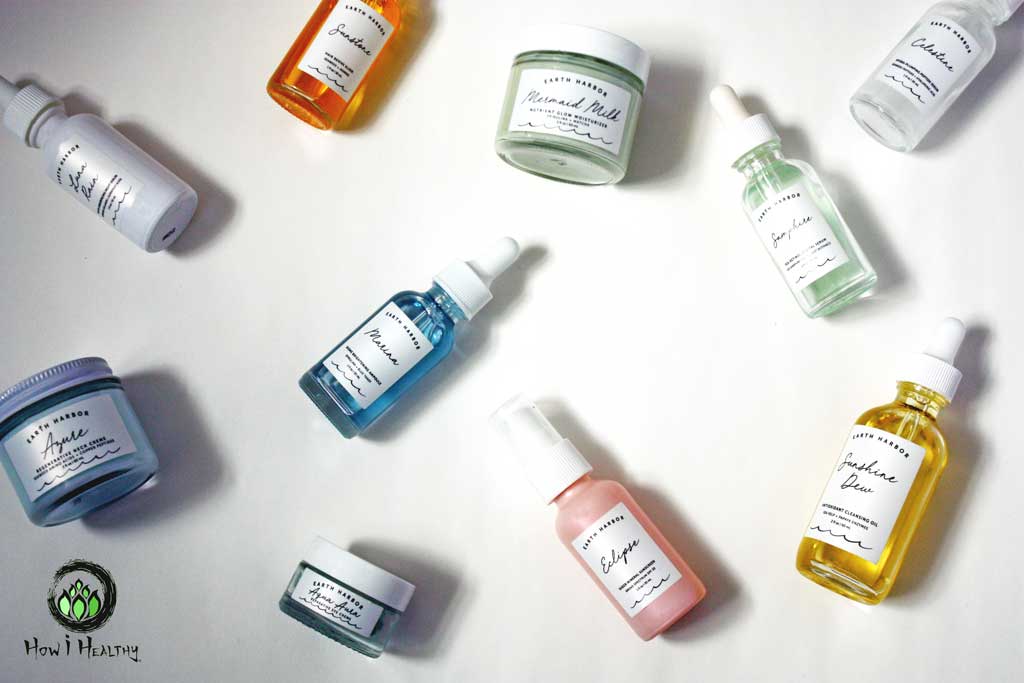

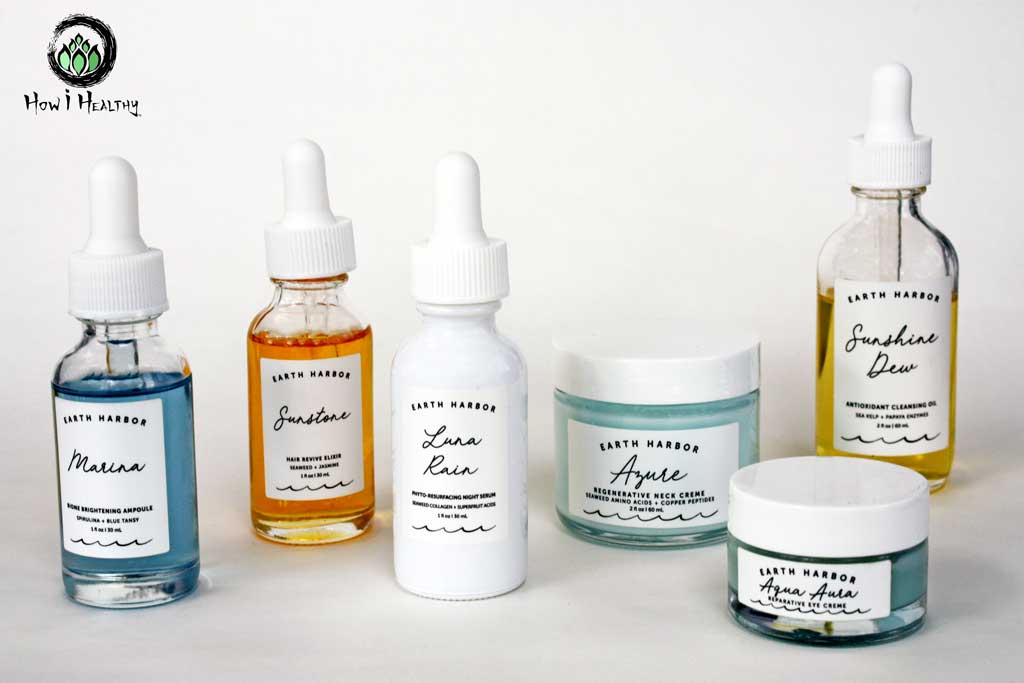

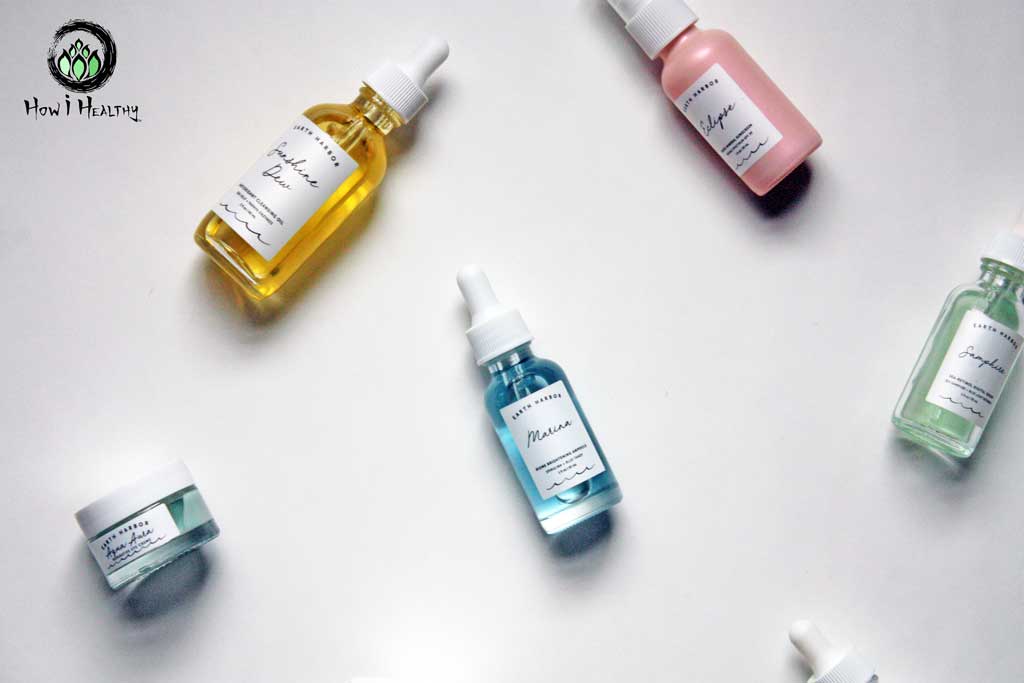

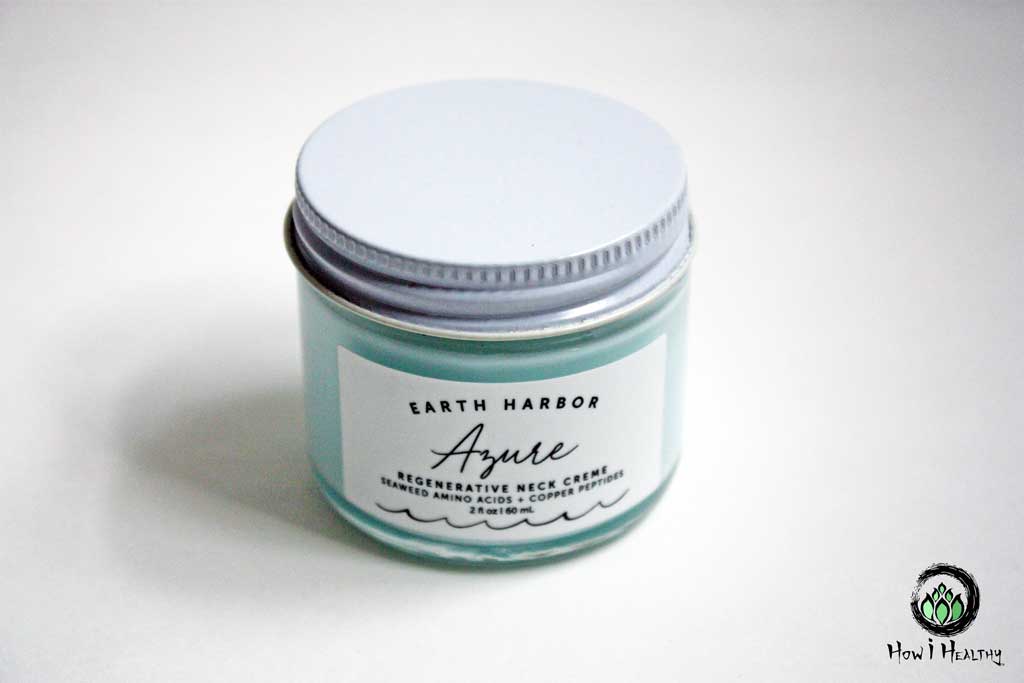

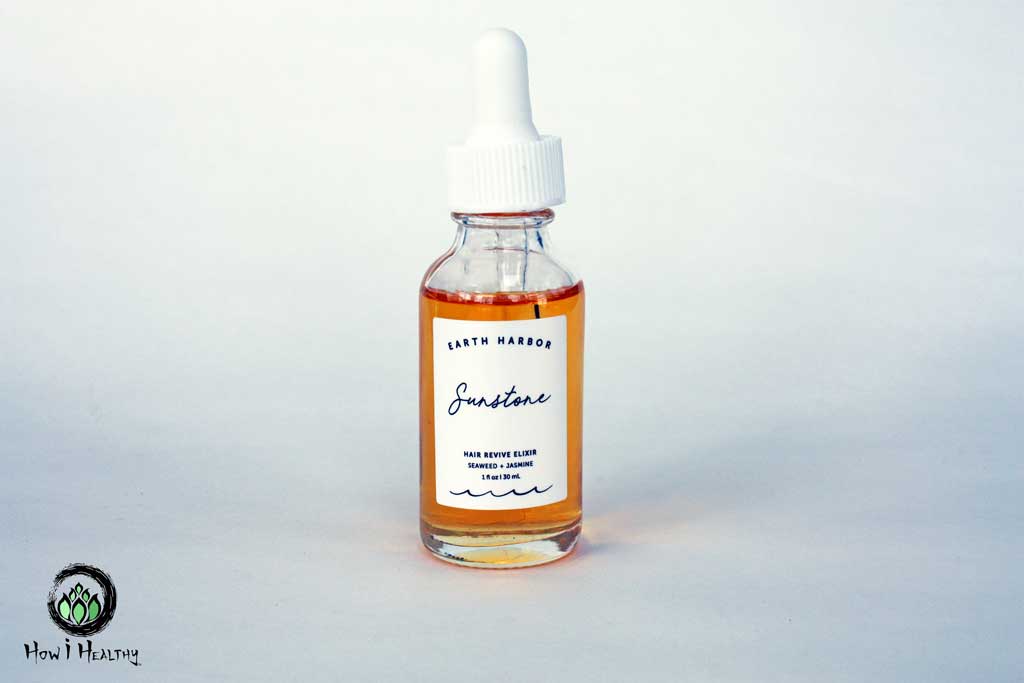

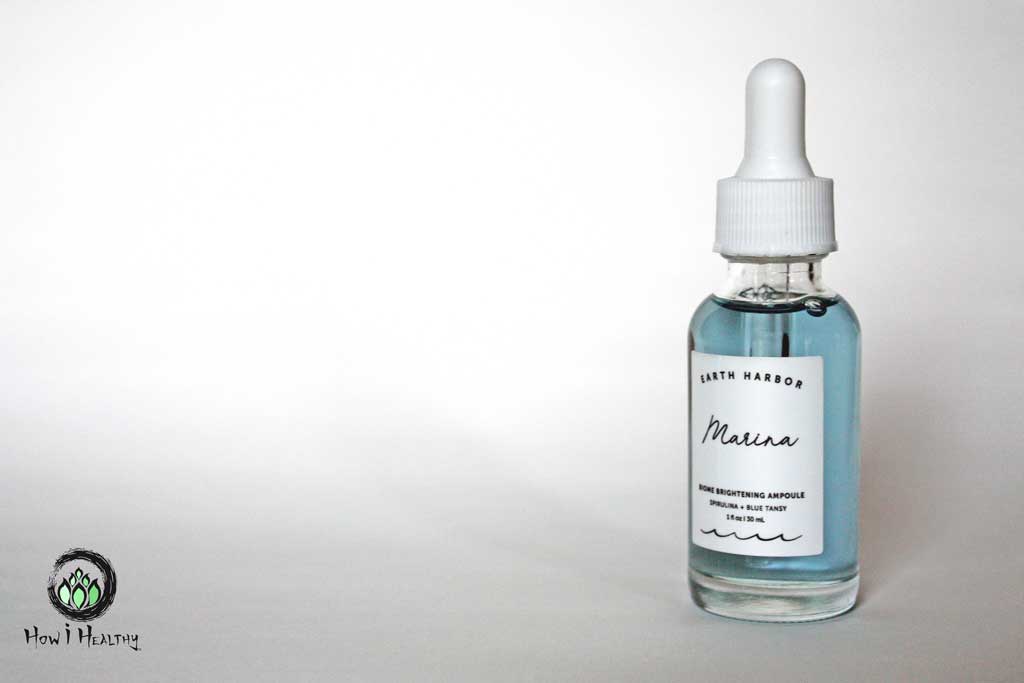

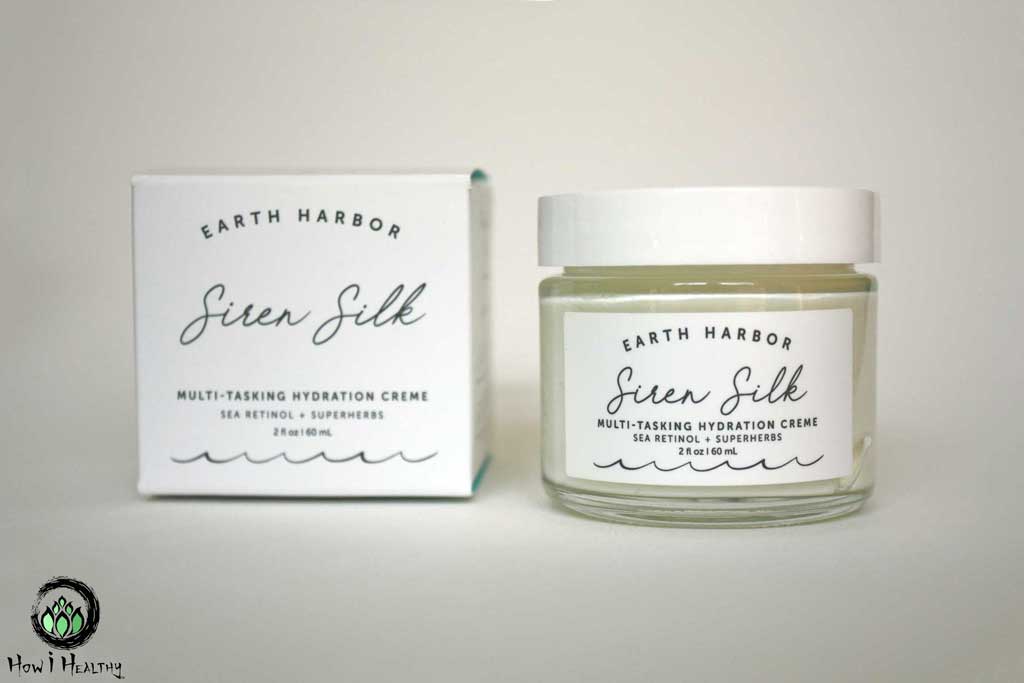

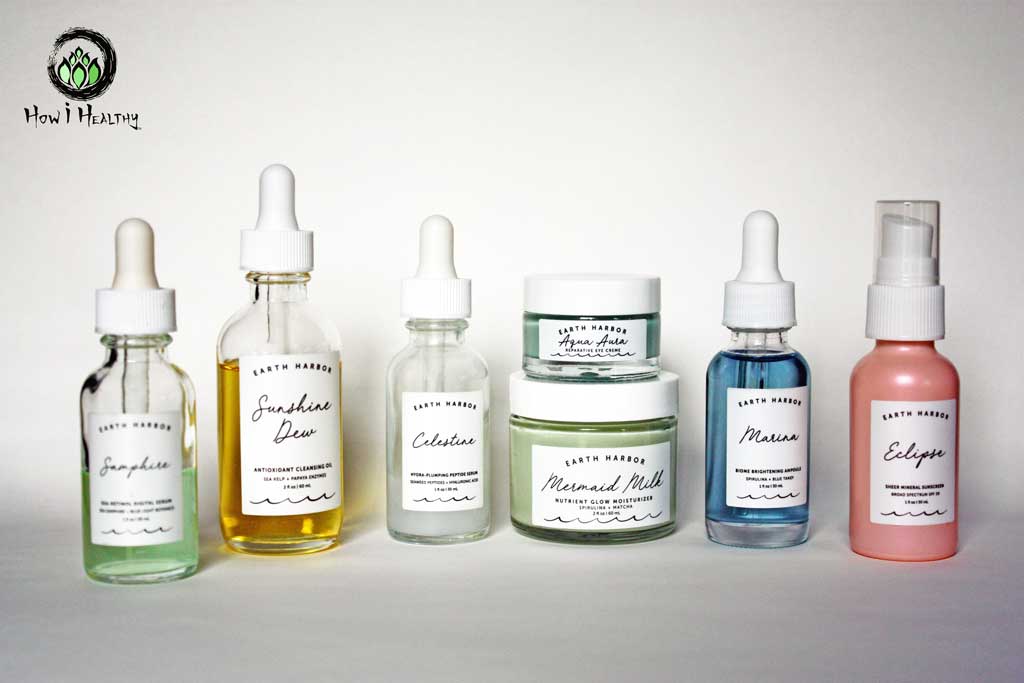

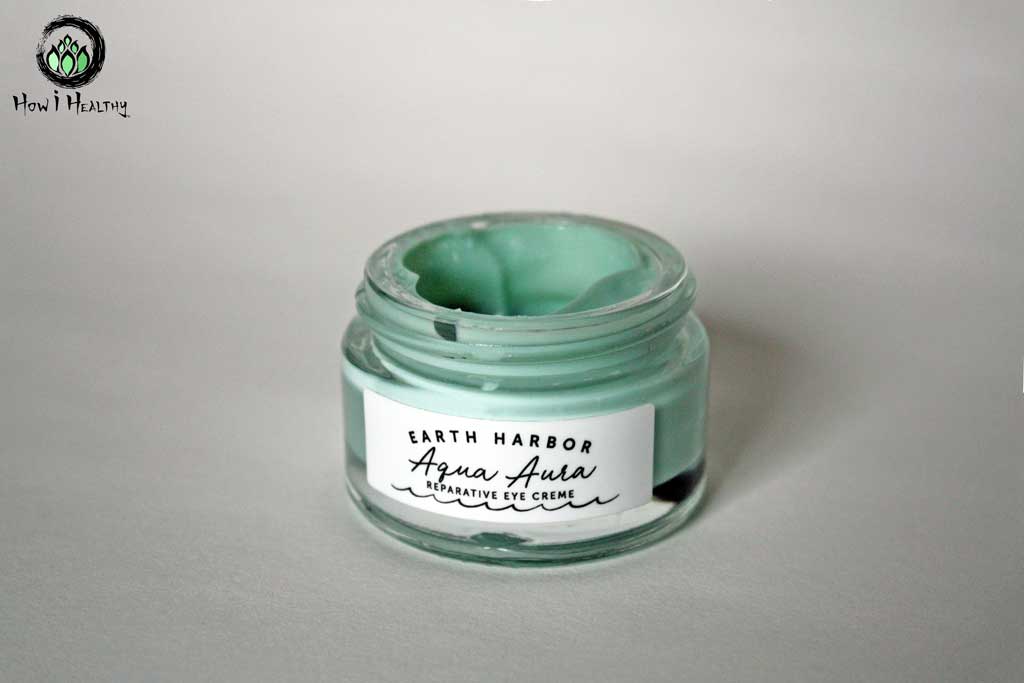

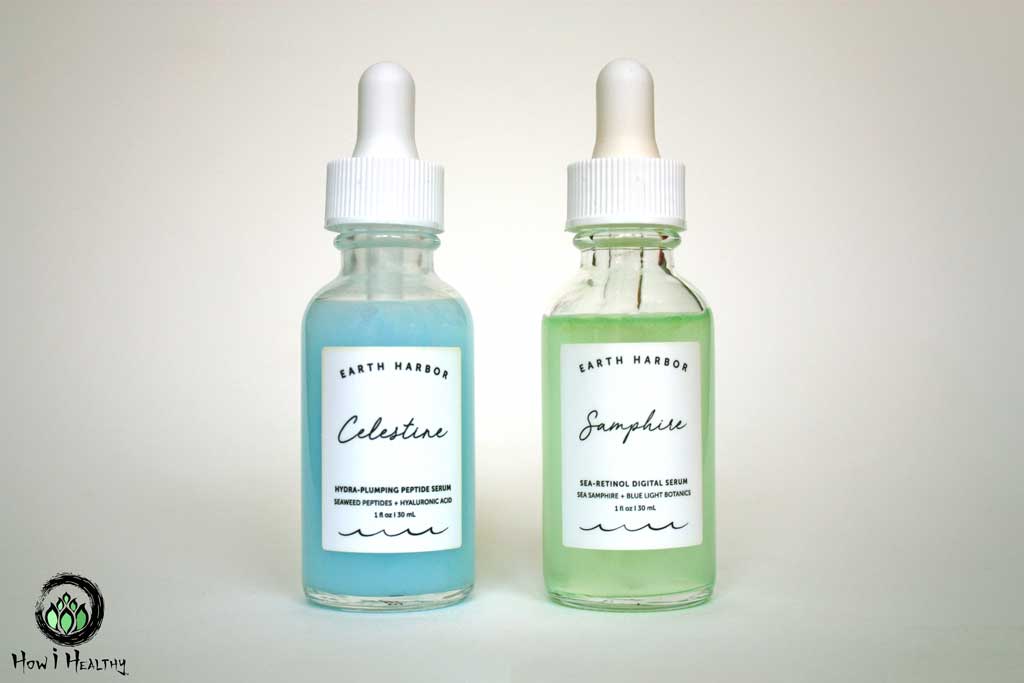

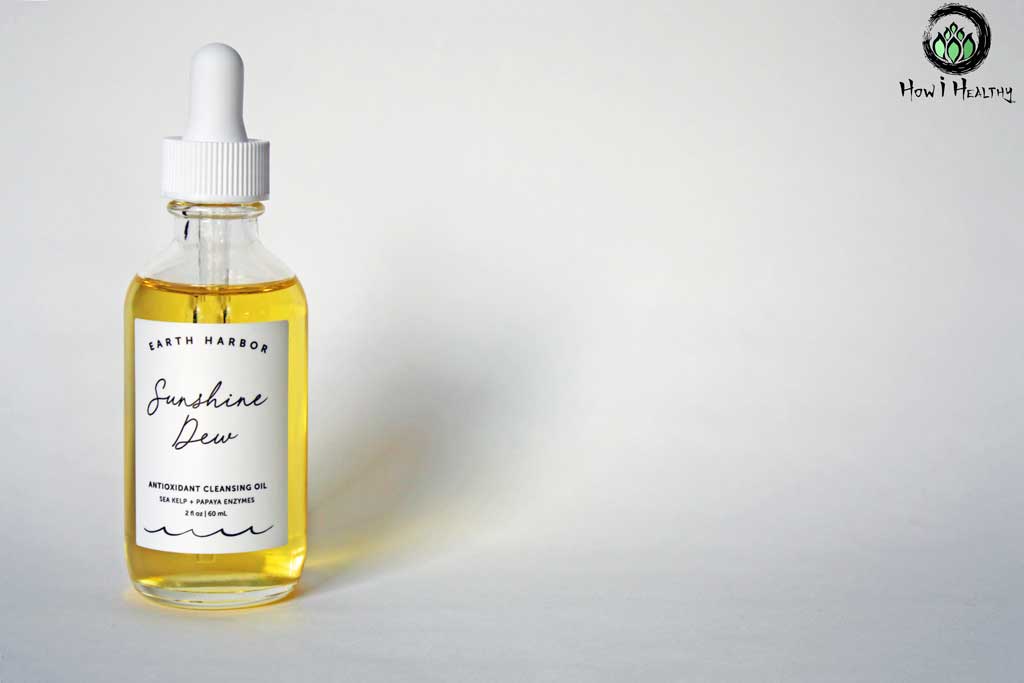

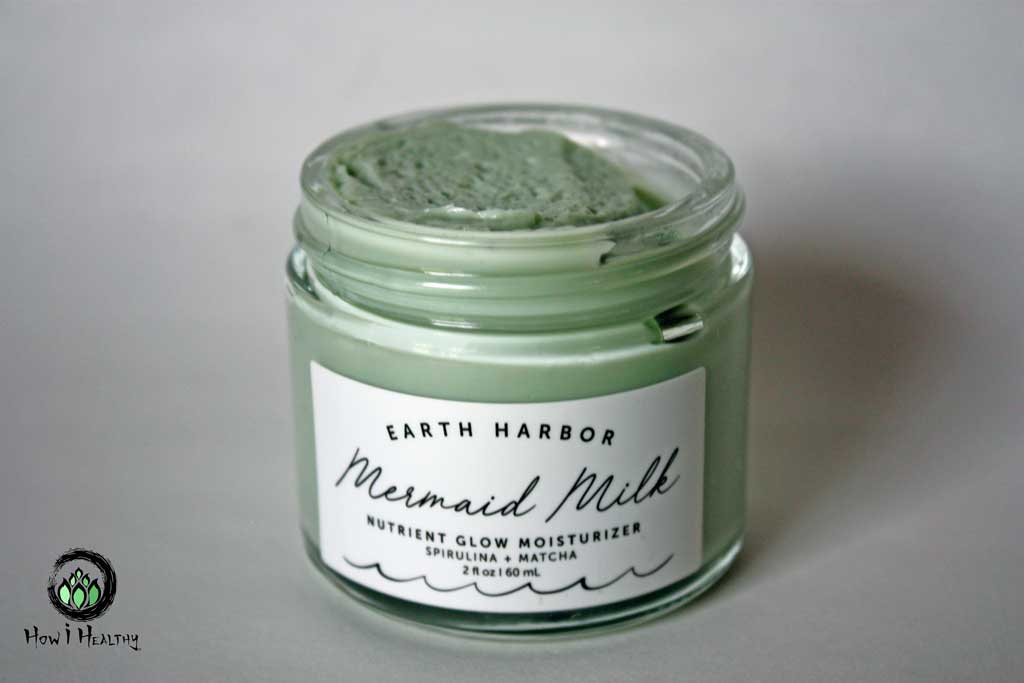





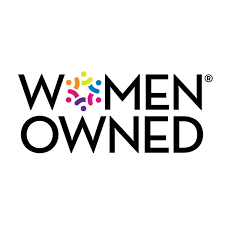


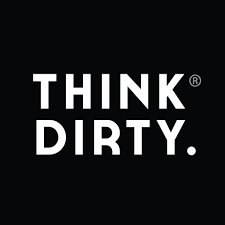









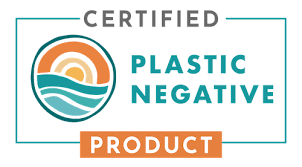


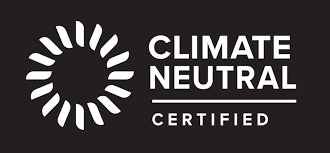



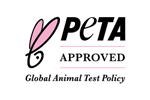



Origin: Utah, USA.
End of Life: Recyclable glass bottle and jar. Plastic tops depend on community recycling standards. OR you can opt for refills directly from Earth Harbor and reuse the plastic tops! The refills are capped with easy-to-recycle aluminum tops that you swap out for your old plastic tops.
Or just buy the refills with the aluminum tops. That’s what I do now that it’s option!
Ingredients/Packaging:
- The Earth Harbor Collection: Each serum is made with science-backed and sustainably-source ocean nutrients & botanicals.
- All products ship plastic-free. All paper packaging is post-consumer and recycled FSC certified. Glass containers are from recycled glass. Post-consumer plastics include ocean waste plastics too.
Why It’s Awesome:
- NEW! Plastic-free packaging option! Now Earth Harbor comes with easy-to-recycle aluminum lids instead of plastic! (see photos; Azure Neck Cream, my newest addition with new plastic-free option!)
- I absolutely love all things Earth Harbor! It’s sustainably made magic in a recycled and recyclable glass jar. My face feels incredible, and it literally glows! My hair is super soft and shiny! Hands down my favorite natural body care products.
- No synthetic ingredients/preservatives/fragrances, GMOs, fillers, petroleum, mineral oils, parabens, or phthalates.
- Each serum is packed with researched-backed, and peer-reviewed ingredients. That means real results, not false hopes.
- Aqua Aura Eye Cream really creates a glowing aura around your eyes. It’s packed with blue tansy to reduce dark circles and give a “I slept really well last night” glow.
- The Siren Silk and Sea-Retinol Face Serum have skin-strengthening Sea Samphire (or sea fennel). Sea Samphire contains non-synthetic Vitamin A and antioxidants that act like a retinol. Retinol is a type of retinoid. And retinols and retinoids are the most science-backed skin treatments we got. Research shows Sea Samphire has similar results as synthetic retinols. And, unlike many retinols, Sea Samphire does cause side effects like irritation or photosensitizing. As someone prone to skin cancer, I can’t put anything on my face that increases my risk. So non-photosensitizing is awesome.
- And Sea Samphire is not endangered! It can be sustainably harvested too. Unlike Bakuchi, an endangered plant with similar retinol-like functionality, that is in many other plant-based products.
- Seaweed peptides in the Celestine Peptide Serum can increase the production of collagen and elastin in the skin. This helps strengthen skin, elasticity, and hydration.
- The Laguna Body Oil is packed with marine algae, Trans-Retinoic Acid, Omegas, and everything else skin needs to glow with moisture. It’s unbeatable for soothing razor burn!
- The Mermaid Milk, Azure Neck Cream, & Marina Biome Brightener help reduce hyperpigmentation and redness. I like to use these on my chest & cheeks where I have red patches due to sun damage (poikiloderma).
- For maximum skin strengthening I use Luna Rain. This milky serum contains 15% AHA + BHA blend, Macro-algae Collagen, and Vitamin C-rich oils. Powerhouse.
- Sunshine Dew is the BEST oil cleanser. It removes oils, makeup, and dirt without harsh drying soaps or cleansers. I also use it under my arms to remove deodorant and sweat. It really cleans the pits!
- For luxuriously moisturized hair that never looks greasy, Sunstone Hair Elixir is the answer. Bonus? It eliminated my itchy flaky scalp! It literally makes my hair shine like a sunstone.
- Did I mention how awesome these products are?? I’ve had skin cancer, so taking care of my skin is top priority. I’ve got scars to moisturize and skin to protect from more surgeries. Earth Harbor is the only product I trust with my face.
- Also available at Earth Hero®!
(69, 70, 71, 72, 75, 76, 78)
Company Kudos
- ALL the certifications! PETA®, Leaping Bunny®, Climate Neutral®, Sustainable Forestry Initiative®, and Think Dirty® certified, as well as members of 1% For The Planet®, Campaign for Safe Cosmetics™, Truth in Labeling™, and Independent Beauty Association®.
- Ali Perry, Earth Harbor’s founder is a published researcher, certified health scientist, humanitarian engineer, and herbalist who specializes in global environmental health and toxicology. Now she uses her knowable to create sustainable, plant-based, and science-backed beauty products.
- Backs of product claims with peer reviewed research.
- Donates $1 to environmental non-profits for every product review on their site.
- Employs 40 local people at their solar-powered lab in Utah.
- Hosts local beach cleanups at the Georgia administration office.
- Sources many non-GMO, organic, and sustainably wildcrafted ingredients from local farmers and herbalists.
- Seriously, Earth Harbor is setting the standard for sustainability awesomeness.
- Nearly 100% of packaging is locally-sourced (within 50 miles)
- Plastic-Free packaging options!
- Women-owned business
(66)
And you know me.
I don’t like lots of products or stuff. And I thought it all was too much at first.
I mean really, multiple face products?
But it’s so worth it. Each serum targets something specific for my skin. I do wish there was an all-in-one, but till then, these Earth Harbor beauties are unmatchable.
I adore it all so much, just see my Earth Harbor Review.
Sunscreen
Conventional sunscreens might cause coral reef damage and contain carcinogens and other toxins. And up to 14,000 tons of the stuff passes through coral reefs every year. (6, 7, 8, 53)
Places around the world, like Palau, Hawaii, Key West, and more are taking action and banning reef-damaging sunscreens. (54, 55, 56)
But here’s the thing. These companies have caught on. Now “reef-friendly” and “reef-safe” is popping up all over packaging.
Greenwashing Alert: “Reef-friendly” and “reef-safe” are unregulated greenwashing buzzwords (52). See why in the Greenwashing Guide.
Nearly half of “reef-safe” sunscreens tested didn’t pass The National Oceanic Atmospheric Administration reef-safe standards. (52)
That’s stuff I don’t want in the oceans or lathered all over me.
But I’ve also had skin cancer, so I don’t mess around when it comes to sunscreen. Check out the Sunscreen Guide for more.
Earth Harbor Eclipse Sunscreen SPF 30
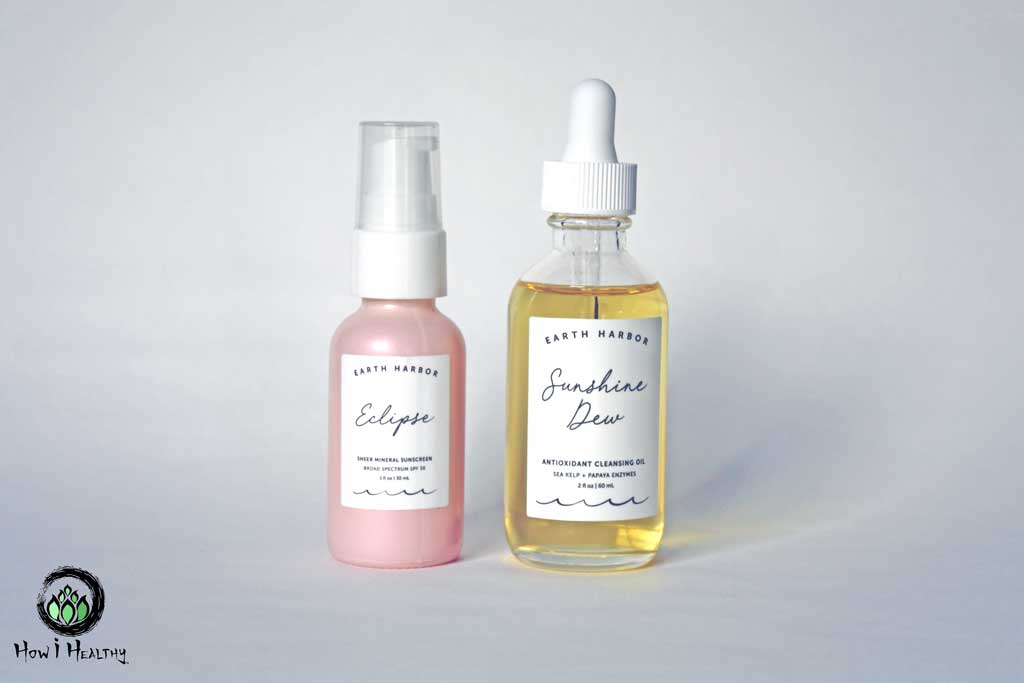

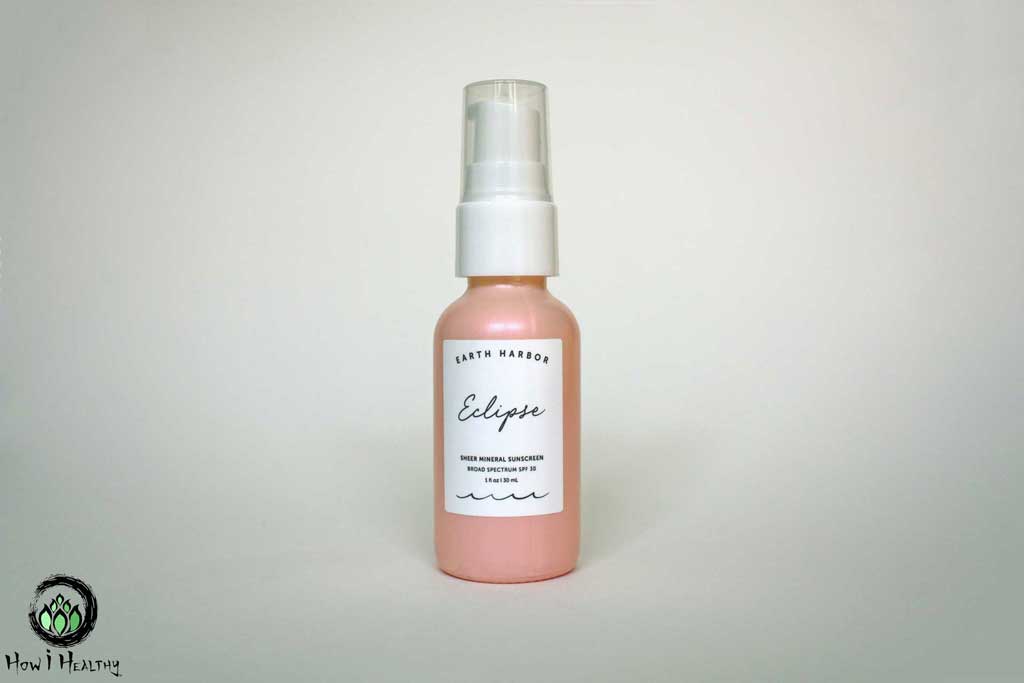

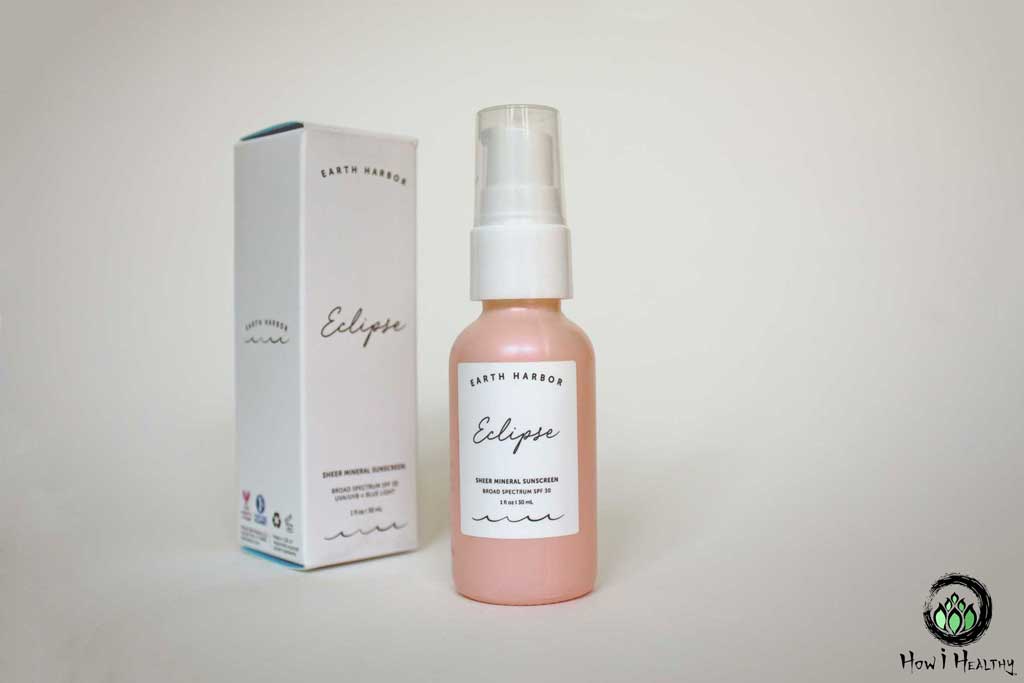





























Product Kudos
Origin: Utah, USA.
End of Life: Recyclable glass bottle. Plastic tops depends on community recycling standards. OR you can opt for refills directly from Earth Harbor and reuse the plastic tops! The refills are capped with easy-to-recycle aluminum tops that you swap out for your old plastic tops.
Ingredients/Packaging:
- Eclipse Sunscreen: 100% mineral-based with Zinc Oxide, Macroalgae, and Green Tea Extract.
- All products ship plastic-free. All paper packaging is post-consumer and recycled FSC certified. Glass containers are from recycled glass. Post-consumer plastics include ocean waste plastics too.
Why It’s Awesome:
- Doesn’t make me break out! Earth Harbor’s Eclipse Sunscreen is delicate, effective, and perfect for daily use.
- It’s packed with moisturizing science-backed botanicals.
- The lightest mineral-based sunscreen I’ve ever tried. Not greasy or chalky.
- No white cast, it blends in seamlessly.
- No smell. No tropical fruit sunscreen smell here!
- Most importantly: Because it’s so light and great for my skin, it makes me WANT to put on sunscreen! I’ve had skin cancer, so I really should not skip it. But so many sunscreens I tried made me break out and I’d stopped wearing it after a while. Not with Earth Harbor!
- Sunshine Dew is fantastic at removing sunscreen at the end of the day. Much better (and less drying) than soap!
- Also available at Earth Hero®!
Badger® Clear Zinc SPF 40
Another sunscreen? Really?
Doesn’t seem minimal. I agree!
Earth Harbor sunscreen is really for just the face. I can’t afford to put it all over my body. Maybe some folks can.
This next sunscreen is for body. It’s more cost-effective for larger applications. And I tried this for my face and ended up breaking out. It was to the point where I avoided using sunscreen on my face!
That’s not good. So, here we are. Two sunscreens.
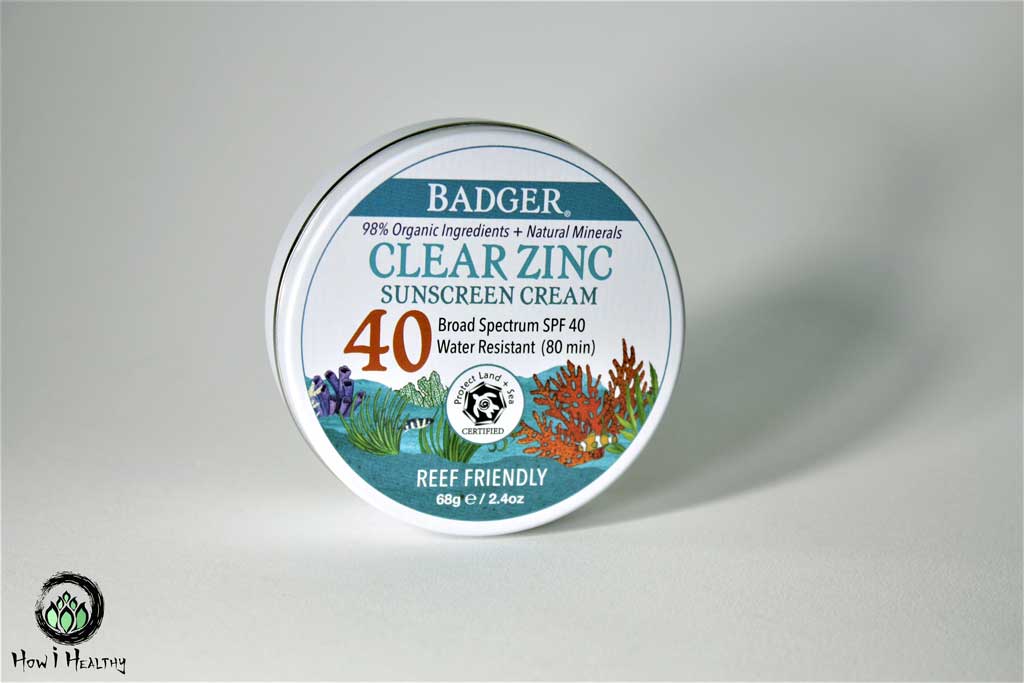

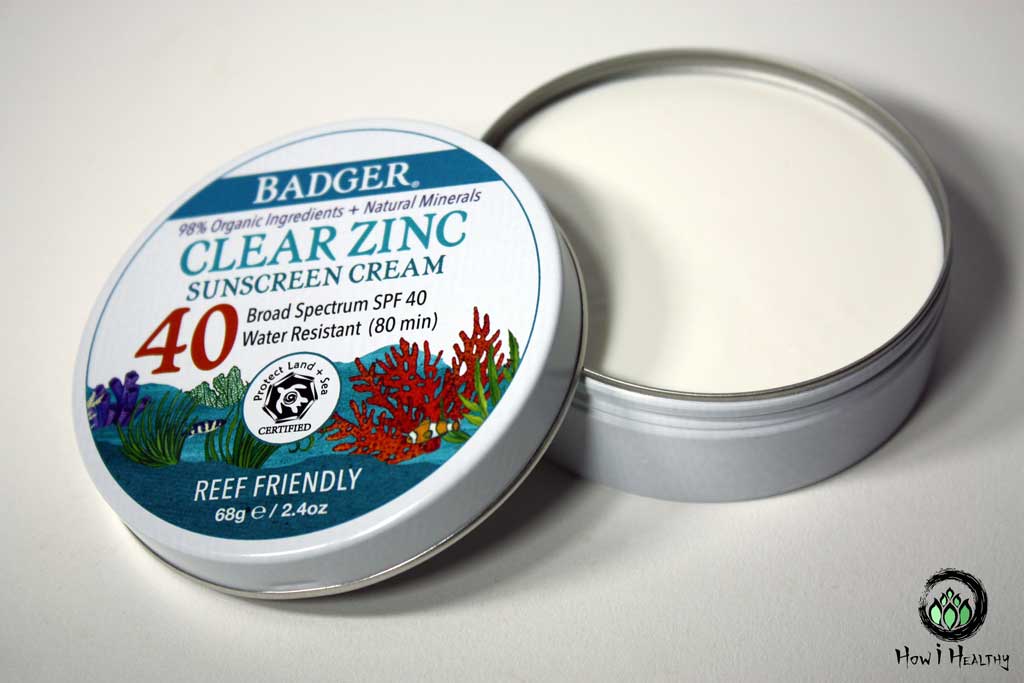

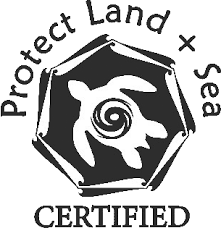












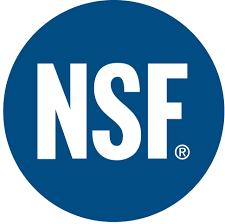

Product Kudos
Origin: USA.
End of Life: Recycle or reuse tin.
Ingredients/Packaging:
- Reef-Friendly Sunscreen: Uncoated Zinc Oxide (22.5%), Organic Sunflower Oil, Organic Beeswax, Sunflower Vitamin E.
- Metal tin. Note: a plastic band does exist around the tin due to FDA regulations of sunscreen.
Why It’s Awesome:
- Actually Reef-Friendly Sun Screen. And with a certification to verify the claim. Unlike other “reef-friendly” products, this sunscreen has third-party verification. (20, 21)
- Fragrance free and no white cast.
- Not the most expensive sunscreen I’ve seen, but not the cheapest either.
- SPF 40 UVA and UVB broad-spectrum protection up to 80 minuets.
- Thick, but non-greasy. It’ll take a back rub to get this in, that’s fine by me.
- Works! I’ve had skin cancer, so protecting my skin is even more important than ever.
Makeup
Elate® Cosmetics
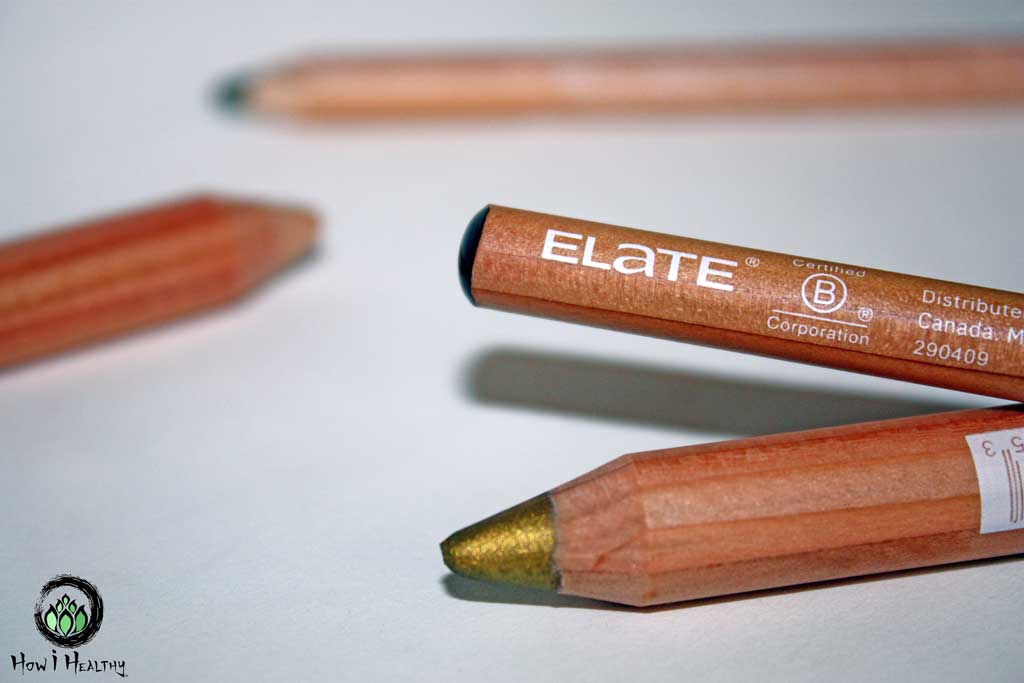

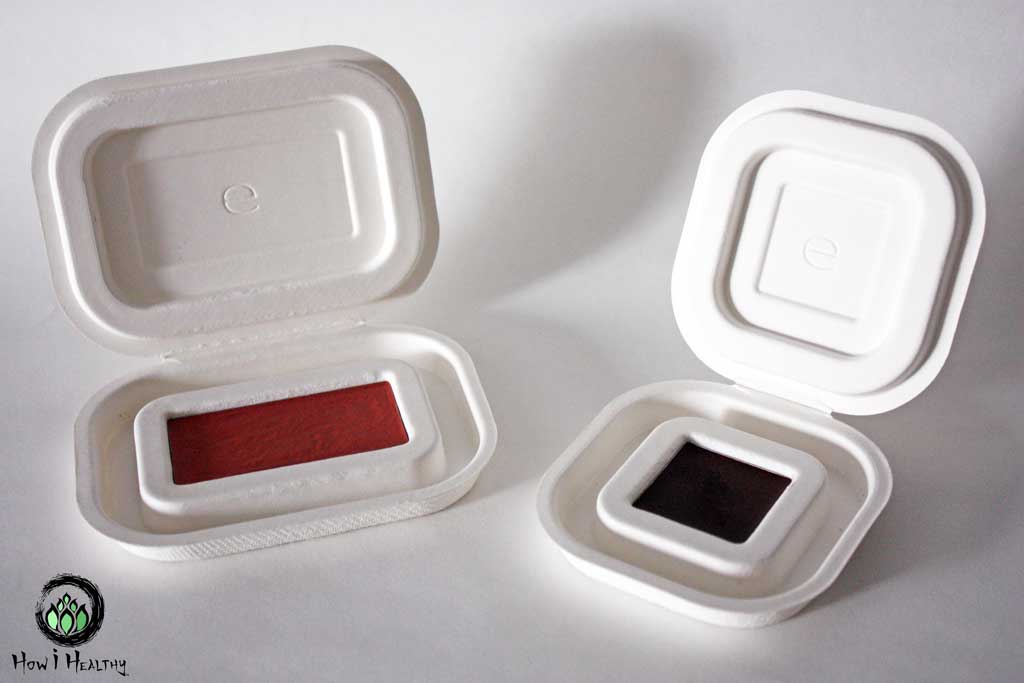

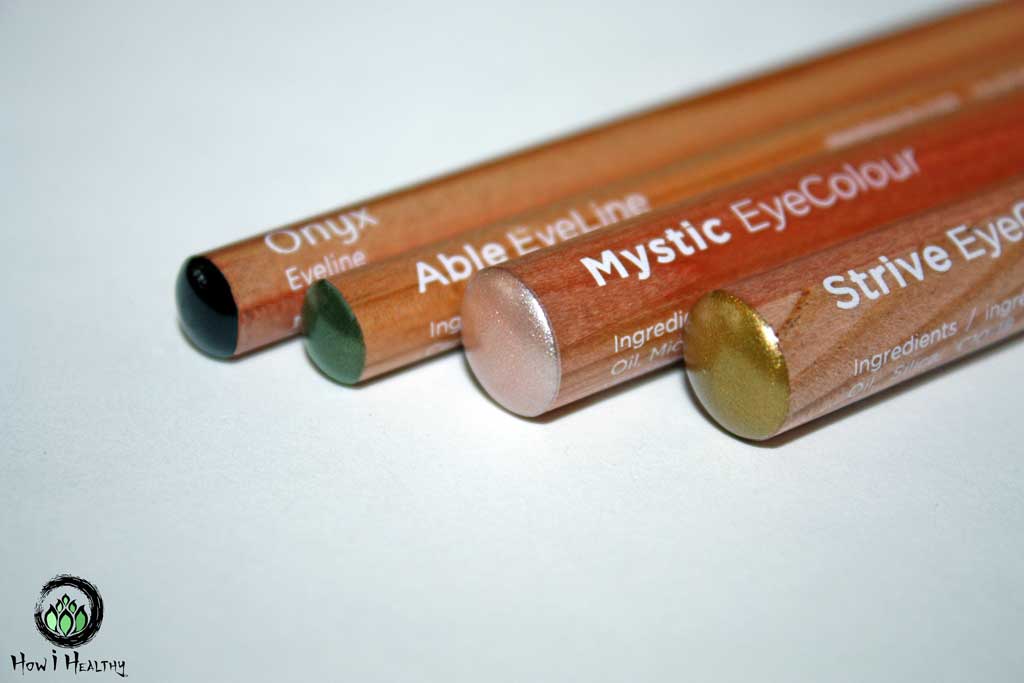

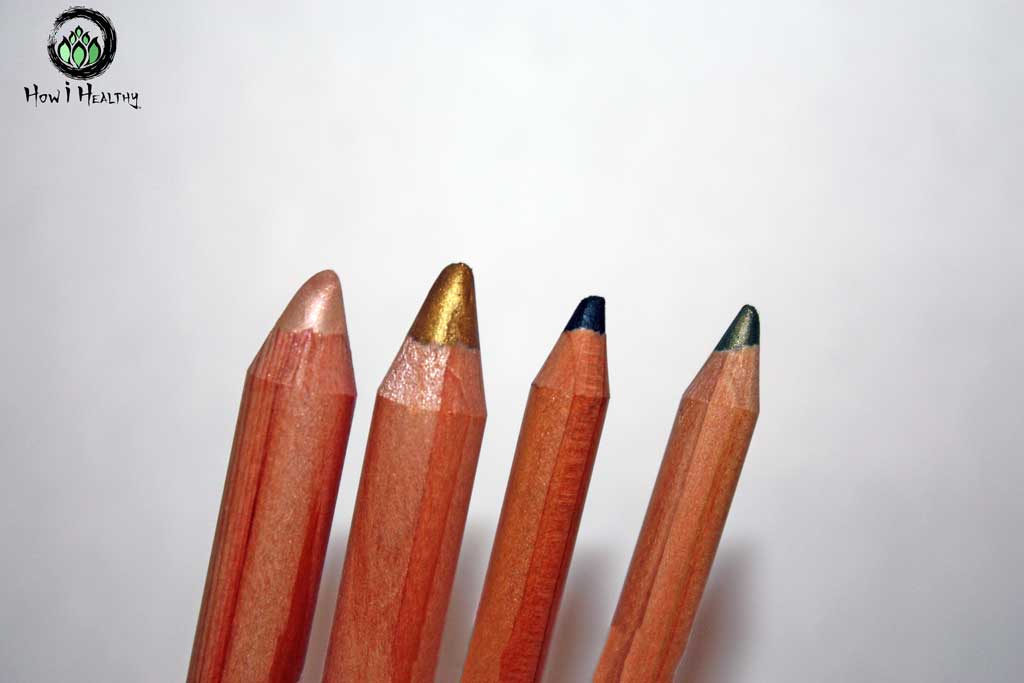

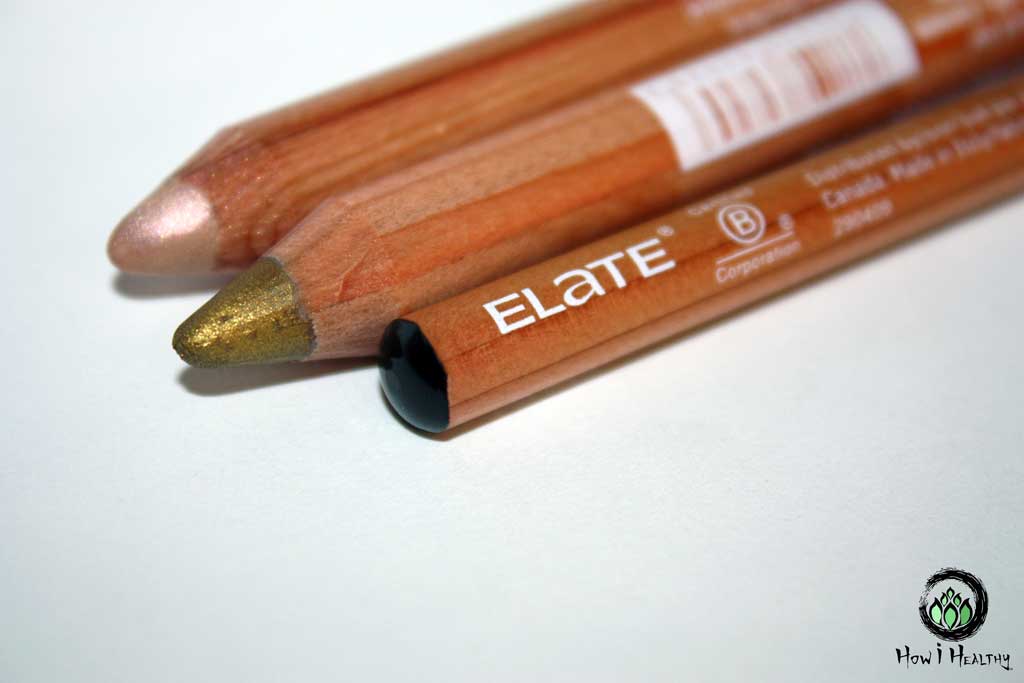

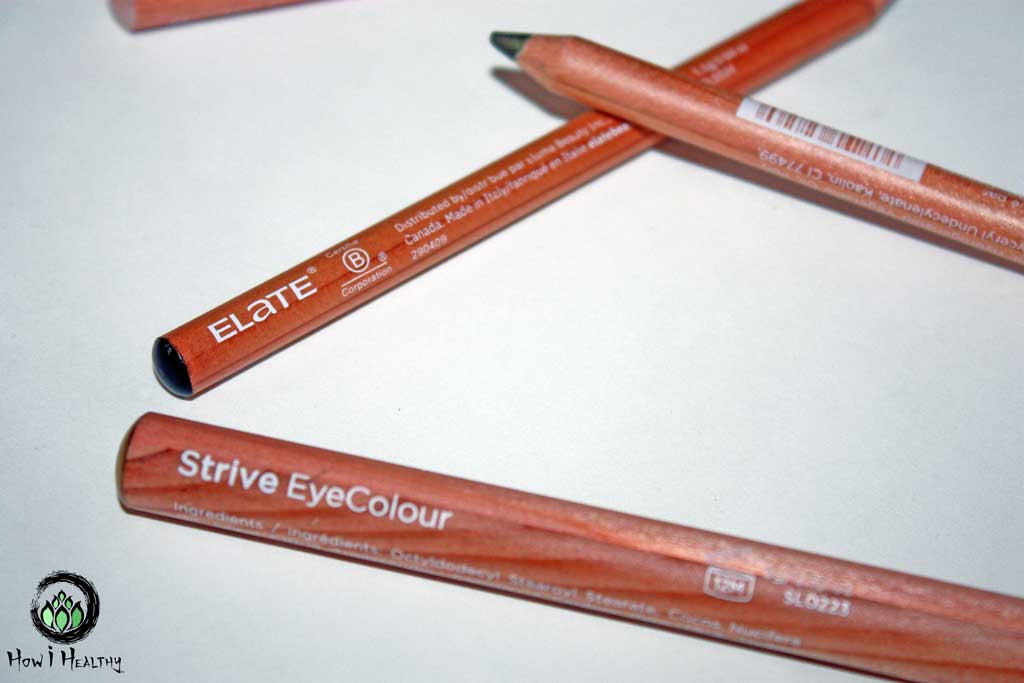

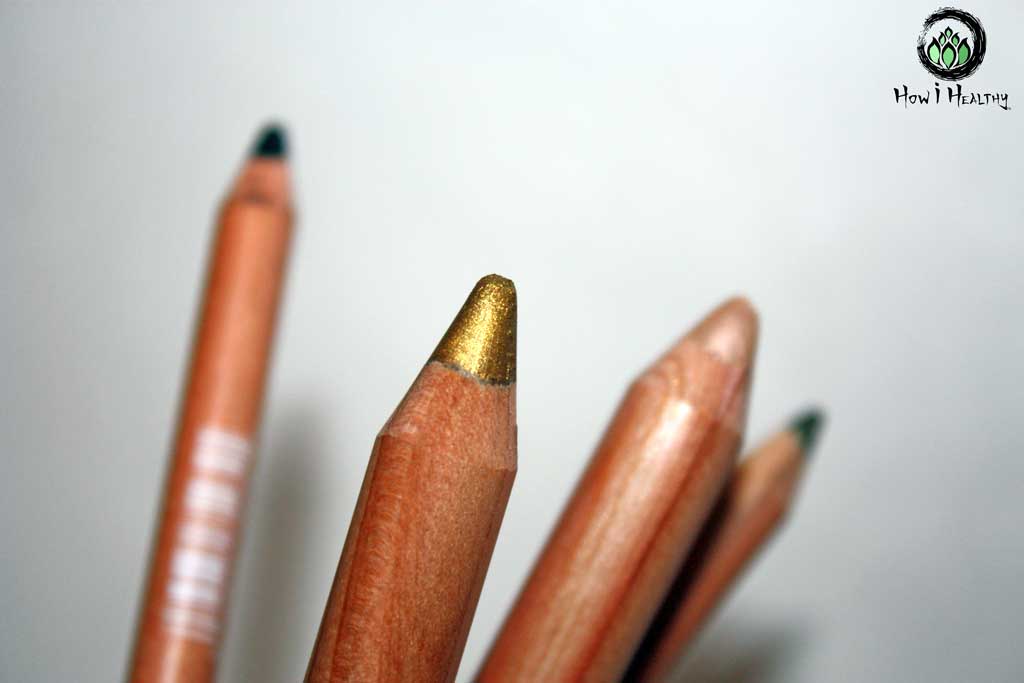

















Product Kudos
Origin: Canada & Italy.
End of Life: Compost sugarcane containers. Pencils are capped with an industrial compost only bio-plastic cap. Elate has a recycling program for all hard to recycle parts.
Ingredients/Packaging:
- Elate® Makeup Collection: All makeup is 100% vegan, cruelty-free, & Fair-Trade mica. Pencils are sustainably harvested Californian cedar wood. All products are free from nano-sized particles (like titanium dioxide). No palm oil is used except for Stearic Acid, which is from a RSPO-Certified sustainable palm oil supplier.
- All bamboo is FSC certified (Forest Stewardship Council), water-processed, and never chemically treated.
- Plastic-free packaging. Pressed products are in compostable sugarcane containers or plantable seed paper.
- Think Dirty® and EWG Verified® low-risk ingredients.
Why It’s Awesome:
- Absolutely stunning pigments. I use the EyeColour Pencil in Merit (copper rose) and Strive (gold) as eyeliner, and it is gorgeous! For a more subtle look, the Eyeline Pencil in Able (forest green) is my go-to.
- No irritation. These products are clean. For me there’s no itchy, burning, or irritation. Great for sensitive skin.
- The Blush Balm is luxurious. I use Bliss (peach). It’s creamy and comes in colors ranging from natural flush to bolder pops of color for all skin tones. My photo does not do this gorgeous color justice.
- The Brow Balm is essential for me. I have patchy, yet unruly, blond/brown eyebrows (seriously, I trim them with scissors every week). The Auburn color adds red undertones, so my eyebrows match my henna red hair. The wax in the balm keeps everything in place.
- The Eyeliner Pencils are creamy and glide on easily while also maintaining staying power. I adore the Able (forest green).
- Simply clean, beautiful, & low-waste makeup. It’s magic.
- Versatile products. Many products are multi-purpose. Blush balm doubles as lip tint, EyeColour Pencil is liner, shadow, or highlighter. So many uses!
- Also available at Earth Hero®!
Company Kudos
- Beautiful colors. Long-lasting. Ethically made and sourced. Elate® cosmetics is proving it can be done.
- Certified B Corp & PETA® approved.
- Donates 2% of profits to social & environmental initiatives. ($27K and counting!)
- Gender identity-inclusive, age-inclusive, race-inclusive, & body-inclusive for product descriptions & models.
- Offers a Professional Artist discount for individuals and businesses.
- Offers a recycling program for any harder to recycle components.
- PFAS-free cosmetics, and low-risk Think Dirty® and EWG Verified® ingredients.
- Plants 1 tree for every order (22,000 trees and counting)
- Woman-owned.
(101)
Deodorant
Natural deodorants that actually work are few and far between.
Then throw in sustainability. The choices narrow down significantly.
But they do exist. Enter: Nécessaire.
Disclaimer: This is a water-based deodorant. I normally don’t like water-based things. It often means plastic. And in this deodorant’s case, a plastic cap and roll-on applicator (the bottle is glass).
But when it comes to preventing deodorant oil stains on clothing? Nothing beats water-based deodorant.
But if you prefer 100% plastic-free, check out this List of Natural Deodorants That Work. There’s some more vetted options.
Nécessaire
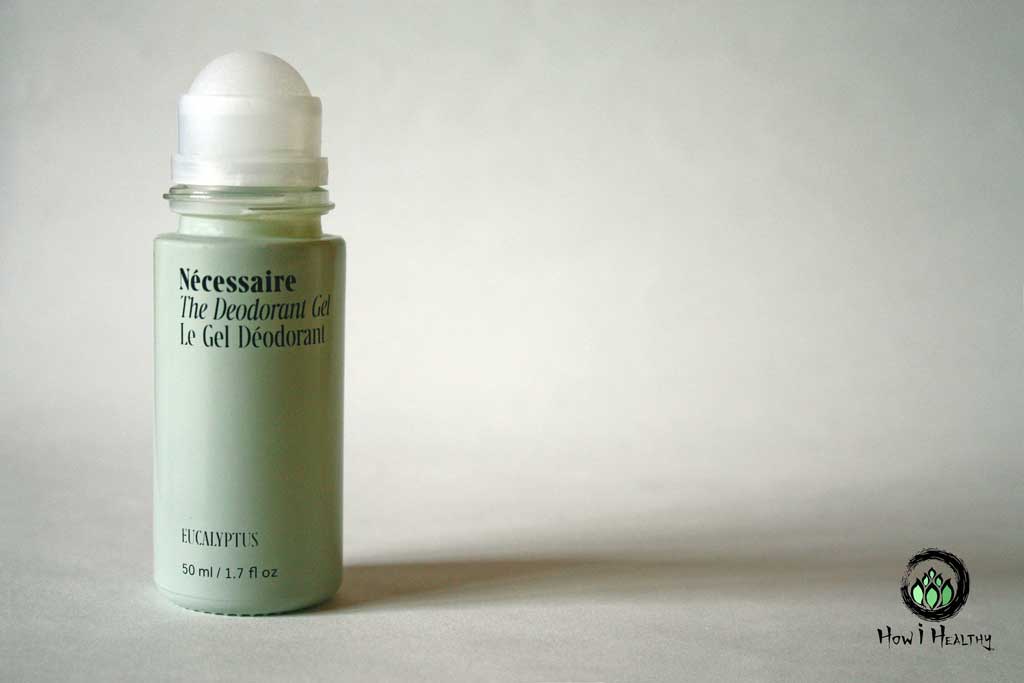




















Product Kudos
Origin: USA.
End of Life: Recycle glass bottle, cap, and paper packaging.
Ingredients/Packaging:
- Nécessaire Deodorant: Water, Mandelic Acid, Caprylyl/Capryl Glucoside, Potassium Hydroxide, Hamamelis Virginiana (Witch Hazel) Water, Hydroxypropyl Methylcellulose, Gluconolactone, Lactic Acid, Panthenol, Niacinamide, Glycerin, Chamomilla Recutita (Matricaria) Flower Extract, Sodium Benzoate, Calcium Gluconate, Sodium Phytate, Benzoic Acid, Limonene, Linalool, Natural Oils for scents. (106)
FSC® certified paper packaging. Glass bottle, plastic cap, & plastic roll-on applicator.
Why It’s Awesome:
- Clear and quick drying gel that rolls on easily.
- No baking soda, aluminum, PEGs, synthetic fragrance, parabens.
- The scent! I love Sandalwood, there is also Unscented if that is your jam.
- Palm-oil free.
- Water-based. No stains or white pits. Ever.
- Works! By creating a slightly acidic environment in the arm pit (3.5-4.5 pH), odor-causing bacteria can’t thrive.
Company Kudos
- 1% For the Planet® member and a Certified B-Corp®
- Climate Neutral® and Plastic Neutral® certified.
- Leaping Bunny® and Vegan certified.
- Creates strict formulas following EU standards and without EU’s prohibited substances list (Regulation No.1223/2009, Annex II).
- Made in the USA!
- FSC® certified paper goods, plastic-free packaging.
(106)
The Takeaway Message
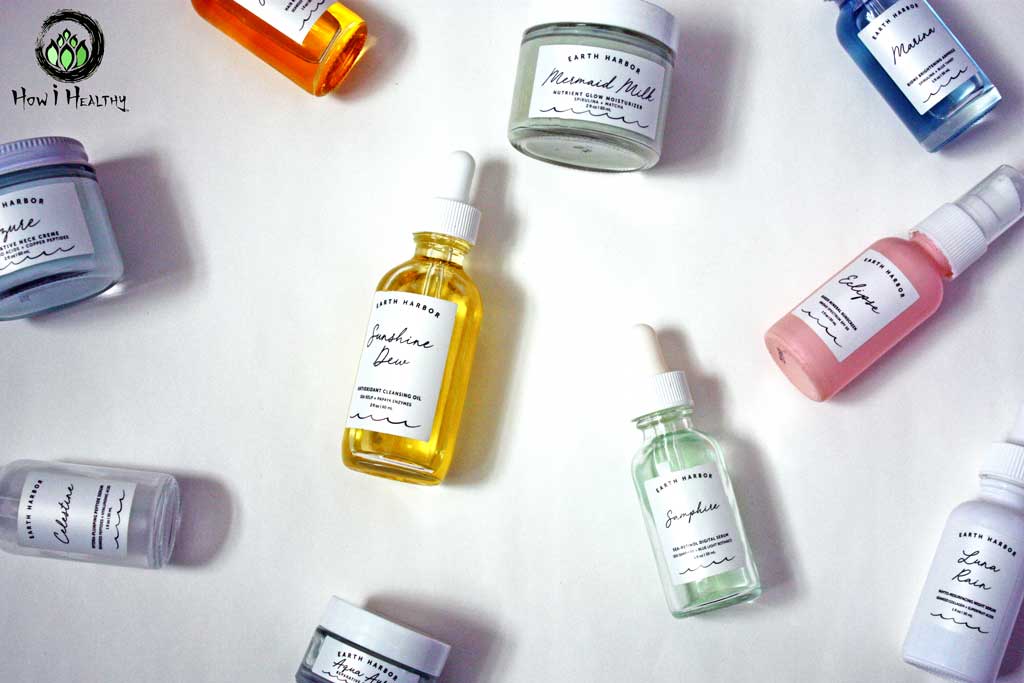

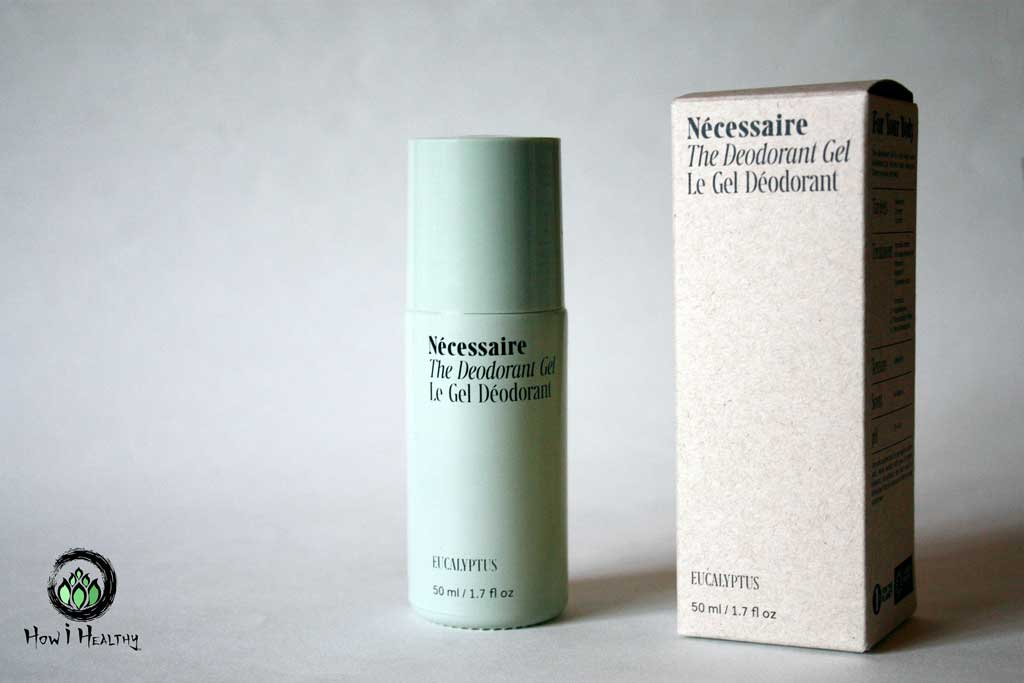




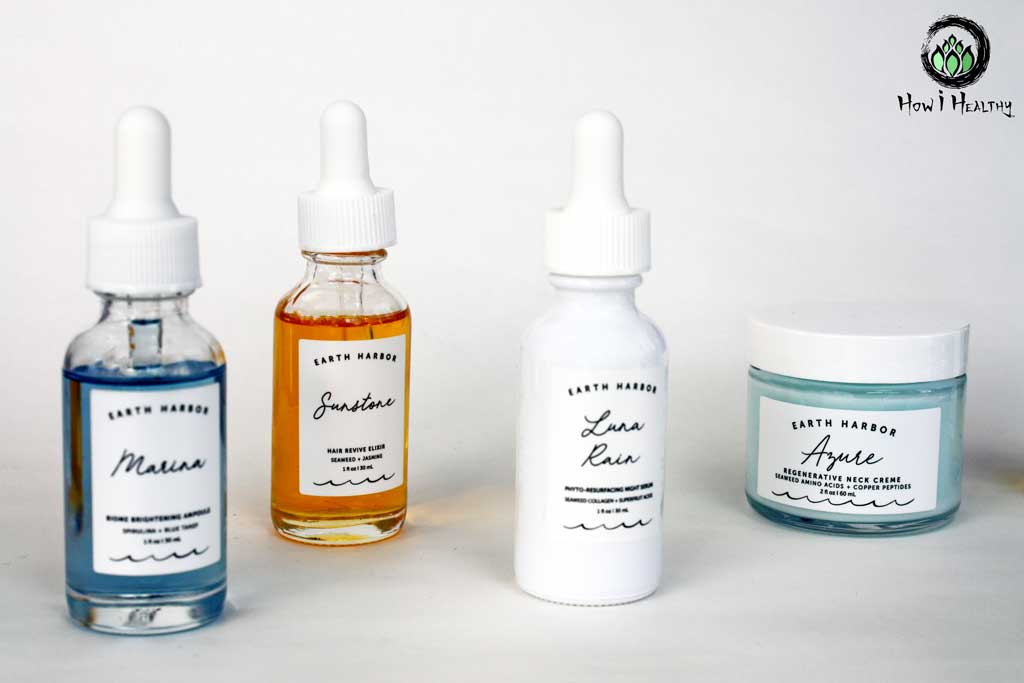




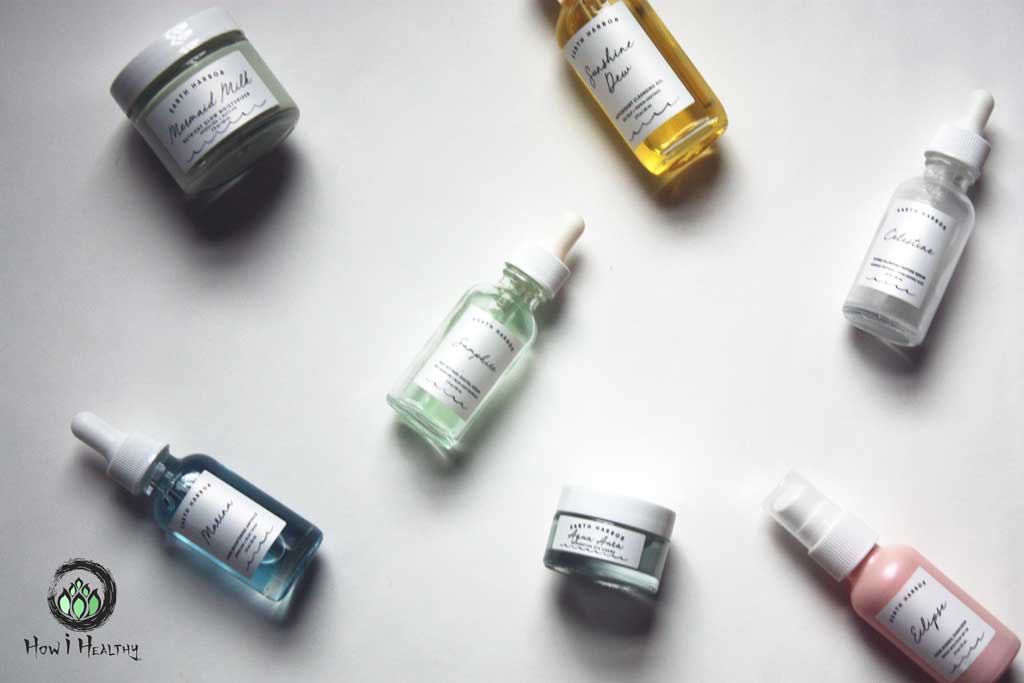




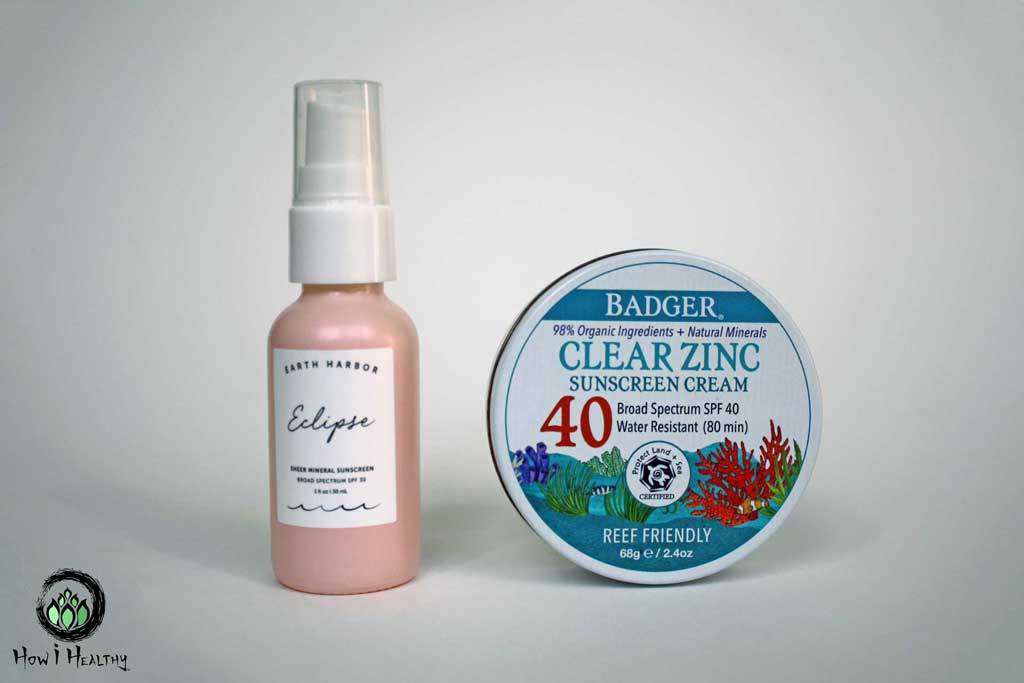

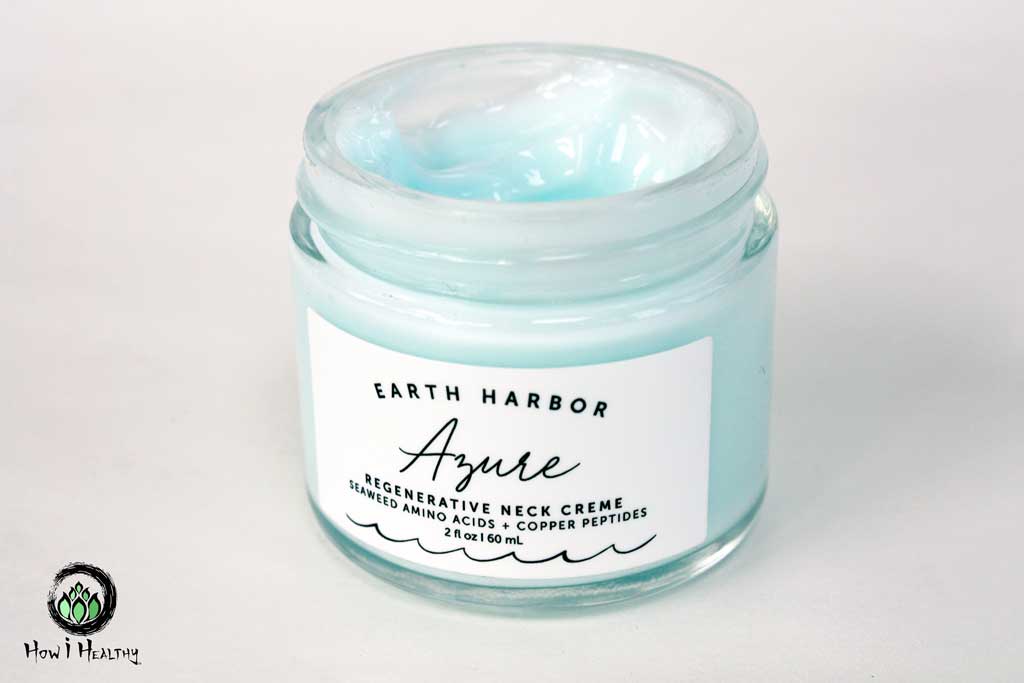




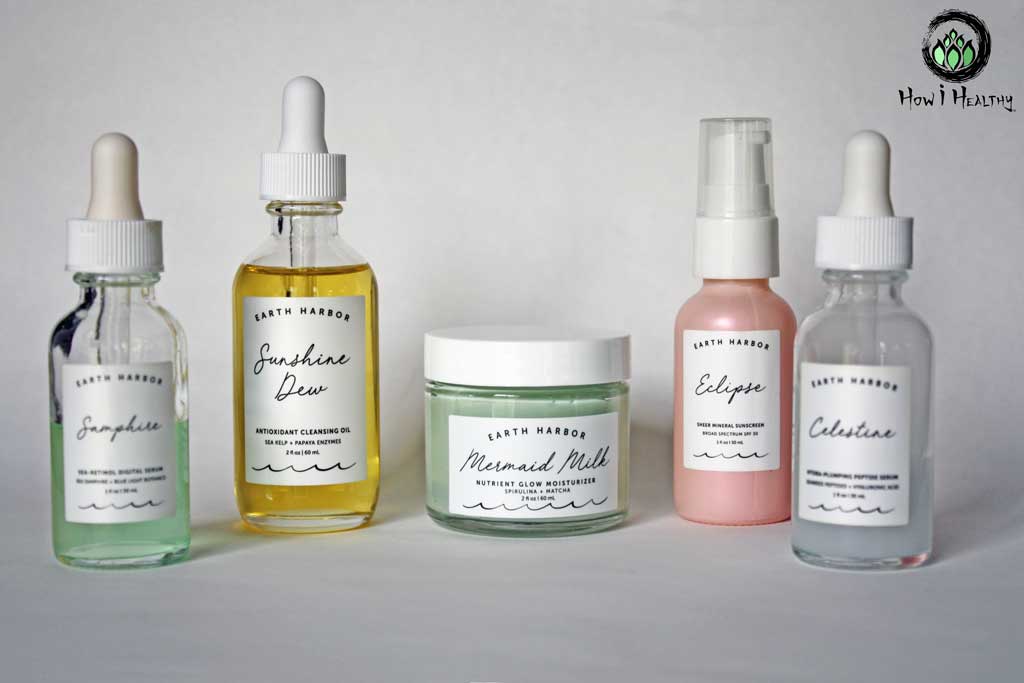

When it comes to products, I have a high standard:
Evidence-based, ethical, sustainable, natural, water-free, & plastic-free.
It’s a tall order.
But, some products meet it.
Shower:
- Bar Soap: Vermont Soap Bulk Soap. I save lots of money opting for 3lb boxes of ‘cut your own’ soap. Plus, it’s organic, sustainable, and made by an awesome USA-based company.
- Pair that soap with a traditionally harvested & compostable Loofah from a Mayan family in Guatemala.
- If shaving is your thing, check out this cost-effective Albatross Razor Blade. It’s a great plastic-free swap.
- Pair a razor with Badger® Organic Shave Soap. The best solid shaving soap out there.
Moisturize:
There’s only one company I trust with my skin-cancer prone skin.
And that’s Earth Harbor.
I might be a little too in love with their products…I’ve grown quite the collection.
See my Earth Harbor Review for more reasons why this evidence-based natural skincare is amazing.
Whichever skincare treatments you choose, Earth Harbor will treat you well.
Also available at Earth Hero®!
Sunscreen:
Some face sunscreens are thick and greasy, causing breakouts. Not Earth Harbor Eclipse Sunscreen. Delicate yet broad-spectrum SPF 30 mineral-based protection.
For body sunscreen: Badger® Clear Zinc Tin SPF 40
Makeup:
Elate® Cosmetics for natural, sustainable, cruelty-free, & low waste.
I use: Blush Balm, Brow Balm, Eyeliner, and the EyeColour Pencil.
- Also at Earth Hero®!
Deodorant:
You’ve probably tried lots of natural deodorants only to be disappointed.
But Nécessaire Deodorant Gel is different. It’s more than just coconut oil, essential oils, and arrowroot powder. This deodorant rocks Mandelic Acid (5% Alpha Hydroxy Acid), that keeps armpit pH slightly acidic (3.5-4.5 pH) so odor-causing bacteria can’t grow.
- This water-based deodorant isn’t stinky, never leaves a residue on clothes, and is aluminum & baking soda-free. It’s the best deodorant I’ve ever used.
What about toothpaste and stuff?
See my favorite toothpaste (spoilers, it’s not a paste!) and more in: Why Plastic & Water-Free Oral Hygiene Matters, we’ll also dive into toothpaste’s origin story, current environmental concerns, and what to do about it.
And want to know How to Dye Your Hair Naturally? I do that too. Thanks to henna.
That’s How i Healthy!
-Artemis
- Lin, Tzu-Kai et al. “Anti-Inflammatory and Skin Barrier Repair Effects of Topical Application of Some Plant Oils.” International journal of molecular sciences 19,1 70. 27 Dec. 2017, doi:10.3390/ijms19010070. https://pubmed.ncbi.nlm.nih.gov/29280987/
- Gorzynik-Debicka, Monika et al. “Potential Health Benefits of Olive Oil and Plant Polyphenols.” International journal of molecular sciences 19,3 686. 28 Feb. 2018, doi:10.3390/ijms19030686. https://www.mdpi.com/1422-0067/19/3/686
- Budiyanto, A et al. “Protective effect of topically applied olive oil against photocarcinogenesis following UVB exposure of mice.” Carcinogenesis 21,11 (2000): 2085-90. doi:10.1093/carcin/21.11.2085. https://academic.oup.com/carcin/article/21/11/2085/2908770?login=false
- “Badger Charitable Giving.” Badger Company, Inc, www.badgerbalm.com/s-24-charitable-giving.aspx.
- Surjushe, Amar et al. “Aloe vera: a short review.” Indian journal of dermatology 53,4 (2008): 163-6. doi:10.4103/0019-5154.44785. https://www.ncbi.nlm.nih.gov/pmc/articles/PMC2763764/
- Horricks, Ryan A, et al. “Organic Ultraviolet Filters in Nearshore Waters and in the Invasive Lionfish (Pterois Volitans) in Grenada, West Indies.” PloS One, Public Library of Science, 24 July 2019, ncbi.nlm.nih.gov/pmc/articles/PMC6655699/
- Ruszkiewicz, Joanna A, et al. “Neurotoxic Effect of Active Ingredients in Sunscreen Products, a Contemporary Review.” Toxicology Reports, Elsevier, 27 May 2017, ncbi.nlm.nih.gov/pmc/articles/PMC5615097/
- Paul, Sharad P. “Ensuring the Safety of Sunscreens, and Their Efficacy in Preventing Skin Cancers: Challenges and Controversies for Clinicians, Formulators, and Regulators.” Frontiers in Medicine, Frontiers Media S.A., 4 Sept. 2019, ncbi.nlm.nih.gov/pmc/articles/PMC6736991/
- “Benzophenone.” ca.gov, https://oehha.ca.gov/proposition-65/chemicals/benzophenone
- Cole, Louise, and Charles Heard. “Skin permeation enhancement potential of Aloe Vera and a proposed mechanism of action based upon size exclusion and pull effect.” International journal of pharmaceutics 333,1-2 (2007): 10-6. doi:10.1016/j.ijpharm.2006.09.047. https://pubmed.ncbi.nlm.nih.gov/17088033/
- Mulvany, Lydia, and Zek Faux. “No Evidence of Aloe Vera Found in the Aloe Vera at Wal-Mart, CVS.” com, Bloomberg, 22 Oct. 2016, www.bloomberg.com/news/articles/2016-11-22/no-evidence-of-aloe-vera-found-in-the-aloe-vera-at-wal-mart-cvs
- “Badger Balm – Who We Are.” Badger Company, Inc, www.badgerbalm.com/s-13-who-we-are.aspx.
- Herbs, Mountain Rose. “Certifications.” https://mountainroseherbs.com/principles/certifications/
- “Badger’s Family Friendly Workplace.” Badger Company, Inc, badgerbalm.com/s-98-family-friendly-workplace.aspx
- Herbs, Mountain Rose. “Organics and Sustainability.” Organics and Sustainability, https://mountainroseherbs.com/principles/sustainability/
- Lin, Tzu-Kai, et al. “Anti-Inflammatory and Skin Barrier Repair Effects of Topical Application of Some Plant Oils.” International Journal of Molecular Sciences, MDPI, 27 Dec. 2017, ncbi.nlm.nih.gov/pmc/articles/PMC5796020/
- Mármol, Inés, et al. “Therapeutic Applications of Rose Hips from Different Rosa Species.” International Journal of Molecular Sciences, MDPI, 25 May 2017, ncbi.nlm.nih.gov/pmc/articles/PMC5485961/
- Lei, Zhiyong, et al. “Rosehip Oil Promotes Excisional Wound Healing by Accelerating the Phenotypic Transition of Macrophages.” Planta Medica, U.S. National Library of Medicine, May 2019, ncbi.nlm.nih.gov/pubmed/30199901
- “Ingredients.” Nature Sustained, naturesustained.com/ingredients/.
- “Protect Land & Sea Sunscreen Cream Tin- Water Resistant SPF 40 I Badger Balm.” Badger Company, Inc, badgerbalm.com/p-1077-pls-reef-safe-sunscreen-cream-tin-spf-40.aspx
- “Protect Land + Sea Certification.” Haereticus Environmental Laboratory, HEL List, https://haereticus-lab.org/protect-land-sea-certification-3/
- “Aloe Vera – False Advertising & No Aloe Suit.” com, www.classaction.com/aloe-vera/
- Appeal from the United States District Court for the Northern District of Illinois, Eastern Division. 19‐1850 Beardsall v. CVS Pharmacy. No. 1:16‐cv‐06103 —, 24 Mar. 2020, pp. 1–19. https://law.justia.com/cases/federal/appellate-courts/ca7/19-1850/19-1850-2020-03-24.html
- “Aloe Vera.” National Center for Complementary and Integrative Health, U.S. Department of Health and Human Services, nccih.nih.gov/health/aloe-vera
- “Certified Products.” International Aloe Science Council > Certification > Certified Products, https://www.iasc.org/certified_products
- Hekmatpou, Davood et al. “The Effect of Aloe Vera Clinical Trials on Prevention and Healing of Skin Wound: A Systematic Review.” Iranian journal of medical sciences 44,1 (2019): 1-9. https://www.ncbi.nlm.nih.gov/pmc/articles/PMC6330525/
- Molazem, Zahra et al. “Aloe vera gel and cesarean wound healing; a randomized controlled clinical trial.” Global journal of health science 7,1 203-9. 31 Aug. 2014, doi:10.5539/gjhs.v7n1p203. https://pubmed.ncbi.nlm.nih.gov/25560349/
- Sidgwick, G. P., McGeorge, D., & Bayat, A. (2015). A comprehensive evidence-based review on the role of topicals and dressings in the management of skin scarring. Archives of dermatological research, 307(6), 461–477. https://link.springer.com/article/10.1007/s00403-015-1572-0. https://link.springer.com/article/10.1007/s00403-015-1572-0
- “Meet Our Farmers.” TIERRA & LAVA, www.tierraandlava.com/farmers.
- “Our Story.” TIERRA & LAVA, www.tierraandlava.com/ourstory.
- “Aloe Vera.” Badger, https://www.badgerbalm.com/products/organic-aloe-vera-gel-fair-trade.
- “Chamomile & Neem Deodorant.” TIERRA & LAVA, www.tierraandlava.com/shop/chamomile-neem-deodorant.
- Commissioner, Office of the. “Antibacterial Soap? You Can Skip It, Use Plain Soap and Water.” U.S. Food and Drug Administration, FDA, 2019, www.fda.gov/consumers/consumer-updates/antibacterial-soap-you-can-skip-it-use-plain-soap-and-water
- Raut, Samiksha A, and Robert A Angus. “Triclosan Has Endocrine-Disrupting Effects in Male Western Mosquitofish, Gambusia Affinis.” Environmental Toxicology and Chemistry, U.S. National Library of Medicine, June 2010, www.ncbi.nlm.nih.gov/pubmed/20821571
- “Triclosan.” National Center for Biotechnology Information. PubChem Compound Database, U.S. National Library of Medicine, https://pubchem.ncbi.nlm.nih.gov/compound/triclosan
- “Technical Fact Sheet – 1,4-Dioxane.” Environmental Protection Agency, 2017, www.epa.gov/sites/production/files/2014-03/documents/ffrro_factsheet_contaminant_14-dioxane_january2014_final.pdf
- Kim, S A, et al. “Bactericidal Effects of Triclosan in Soap Both in Vitro and in Vivo.” The Journal of Antimicrobial Chemotherapy, U.S. National Library of Medicine, Dec. 2015, www.ncbi.nlm.nih.gov/pubmed/26374612/
- Berger, Kimberly P, et al. “Personal Care Product Use as a Predictor of Urinary Concentrations of Certain Phthalates, Parabens, and Phenols in the HERMOSA Study.” Journal of Exposure Science & Environmental Epidemiology, U.S. National Library of Medicine, Jan. 2019, www.ncbi.nlm.nih.gov/pubmed/29317738
- Sakhi, Amrit Kaur, et al. “Levels, Variability and Determinants of Environmental Phenols in Pairs of Norwegian Mothers and Children.” Environment International, U.S. National Library of Medicine, May 2018,. https://fhi.brage.unit.no/fhi-xmlui/bitstream/handle/11250/3008275/Sakhi_2018_Lev.pdf?sequence=1
- Bondi, Cara Am et al. “Human and Environmental Toxicity of Sodium Lauryl Sulfate (SLS): Evidence for Safe Use in Household Cleaning Products.” Environmental health insights vol. 9 27-32. 17 Nov. 2015, doi:10.4137/EHI.S31765. https://pubmed.ncbi.nlm.nih.gov/26617461/
- Jang, Hyun-Jun, et al. “Safety Evaluation of Polyethylene Glycol (PEG) Compounds for Cosmetic Use.” Toxicological Research, The Korean Society Of Toxicology, June 2015, www.ncbi.nlm.nih.gov/pmc/articles/PMC4505343/
- Koeppel, Dan. “The History of Soap.” The New York Times, The New York Times, 15 Apr. 2020, nytimes.com/wirecutter/blog/history-of-soap/
- “Soaps & Detergents History.” The American Cleaning Institute (ACI), cleaninginstitute.org/understanding-products/why-clean/soaps-detergents-history
- Grice, Elizabeth A, and Julia A Segre. “The Skin Microbiome.” Nature Reviews. Microbiology, U.S. National Library of Medicine, Apr. 2011, www.ncbi.nlm.nih.gov/pmc/articles/PMC3535073/
- Lehtimaki, J., et al. “The Skin Microbiome: Impact of Modern Environments on Skin Ecology, Barrier Integrity, and Systemic Immune Programming.” World Allergy Organization Journal, BioMed Central, 2017, https://waojournal.biomedcentral.com/articles/10.1186/s40413-017-0160-5#Abs1
- Nakatsuji, Teruaki, et al. “A Commensal Strain of Staphylococcus Epidermidis Protects against Skin Neoplasia.” Science Advances, American Association for the Advancement of Science, 1 Feb. 2018, https://www.science.org/doi/10.1126/sciadv.aao4502
- Kong, Heidi H, and Julia A Segre. “Skin Microbiome: Looking Back to Move Forward.” The Journal of Investigative Dermatology, U.S. National Library of Medicine, Mar. 2012, www.ncbi.nlm.nih.gov/pmc/articles/PMC3279608/
- De Pessemier, Britta et al. “Gut-Skin Axis: Current Knowledge of the Interrelationship between Microbial Dysbiosis and Skin Conditions.” Microorganisms 9,2 353. 11 Feb. 2021, doi:10.3390/microorganisms9020353. https://pubmed.ncbi.nlm.nih.gov/33670115/
- Lambers, H, et al. “Natural Skin Surface PH Is on Average below 5, Which Is Beneficial for Its Resident Flora.” International Journal of Cosmetic Science, U.S. National Library of Medicine, Oct. 2006, www.ncbi.nlm.nih.gov/pubmed/18489300
- Tarun, Jose, et al. “Evaluation of PH of Bathing Soaps and Shampoos for Skin and Hair Care.” Indian Journal of Dermatology, Medknow Publications & Media Pvt Ltd, Sept. 2014, www.ncbi.nlm.nih.gov/pmc/articles/PMC4171909/
- Callewaert, Chris et al. “Skin microbiome transplantation and manipulation: Current state of the art.” Computational and structural biotechnology journal 19 624-631. 4 Jan. 2021, doi:10.1016/j.csbj.2021.01.001. https://www.sciencedirect.com/science/article/pii/S2001037021000052
- Tsatalis, John, et al. “Evaluation of ‘Reef Safe’ Sunscreens: Labeling and Cost Implications for Consumers.” Journal of the American Academy of Dermatology, vol. 82, no. 4, 2020, pp. 1015–1017., doi:10.1016/j.jaad.2019.11.001. https://pubmed.ncbi.nlm.nih.gov/31706942/
- “Sunscreen Contributing to Decline of Coral Reefs, Study Shows.” The Guardian, Guardian News and Media, 21 Oct. 2015, theguardian.com/environment/2015/oct/21/sunscreen-contributing-to-decline-of-coral-reefs-study-shows
- Bever, Lindsey. “’We Have One Reef’: Key West Bans Popular Sunscreens to Help Keep Coral Alive.” The Washington Post, WP Company, 6 Feb. 2019, washingtonpost.com/climate-environment/2019/02/06/we-have-one-reef-key-west-bans-popular-sunscreens-help-keep-coral-alive/
- Forgione, Mary. “U.S. Virgin Islands’ Ban on Harmful Sunscreens” https://viconservationsociety.org/advocacy/coral-safe-sunscreen/
- “Sunscreen Bans.” Com, stream2sea.com/sunscreen-ban/.
- Lin, Tzu-Kai et al. “Anti-Inflammatory and Skin Barrier Repair Effects of Topical Application of Some Plant Oils.” International journal of molecular sciences 19,1 70. 27 Dec. 2017, doi:10.3390/ijms19010070. https://pubmed.ncbi.nlm.nih.gov/29280987/
- Gorzynik-Debicka, Monika et al. “Potential Health Benefits of Olive Oil and Plant Polyphenols.” International journal of molecular sciences 19,3 686. 28 Feb. 2018, doi:10.3390/ijms19030686. https://pubmed.ncbi.nlm.nih.gov/29495598/
- “Our Sustainability Commitment.” Little Seed Farm, https://littleseedfarm.com/pages/our-sustainability-committment.
- Costa, Whyara Karoline Almeida da et al. “Comparative protein composition analysis of goat milk produced by the Alpine and Saanen breeds in northeastern Brazil and related antibacterial activities.” PloS one 9,3 e93361. 27 Mar. 2014, doi:10.1371/journal.pone.0093361. https://pubmed.ncbi.nlm.nih.gov/24675996/
- Kazimierska, Kinga, and Urszula Kalinowska-Lis. “Milk Proteins-Their Biological Activities and Use in Cosmetics and Dermatology.” Molecules (Basel, Switzerland) 26,11 3253. 28 May. 2021, doi:10.3390/molecules26113253. https://pubmed.ncbi.nlm.nih.gov/34071375/
- Routh HB, Bhowmik KR, Parish LC, Witkowski JA. Soaps: from the Phoenicians to the 20th century–a historical review. Clin Dermatol. 1996 Jan-Feb;14(1):3-6. doi: 10.1016/0738-081x(95)00101-k. PMID: 8901392. https://pubmed.ncbi.nlm.nih.gov/8901392/
- “Geranium Rose Bar.” Little Seed Farm, https://littleseedfarm.com/products/rose-geranium-facial-healing-organic-soap?_pos=1&_sid=55c547a33&_ss=r.
- Berners-Lee, Mike. How Bad Are Bananas?: The Carbon Footprint of Everything. Profile Books, 2010.
- “Carbon Pollution from Transportation.” EPA, Environmental Protection Agency, https://www.epa.gov/transportation-air-pollution-and-climate-change/carbon-pollution-transportation
- “Earth Harbor’s Sustainability Transparency Program.” Earth Harbor Naturals, https://earthharbor.com/blogs/news/earth-harbors-sustainability-transparency-program.
- “Eclipse Sheer Mineral Sunscreen.” EarthHero, https://earthhero.com/products/earth-harbor-naturals-eclipse-sheer-mineral-sunscreen.
- “Siren Silk Hydration Cream.” EarthHero, https://earthharbor.com/products/siren-silk-multi-tasking-hydration-creme.
- Chaudhuri, R K, and K Bojanowski. “Bakuchiol: a retinol-like functional compound revealed by gene expression profiling and clinically proven to have anti-aging effects.” International journal of cosmetic science 36,3 (2014): 221-30. doi:10.1111/ics.12117. https://pubmed.ncbi.nlm.nih.gov/24471735/
- Shrestha, Sahara et al. “Pharmacognostical evaluation of Psoralea corylifolia Linn. seed.” Journal of Ayurveda and integrative medicine 9,3 (2018): 209-212. doi:10.1016/j.jaim.2017.05.005. https://pubmed.ncbi.nlm.nih.gov/30121145/
- Hameury, Sebastien, et al. “Prediction of Skin Anti‐Aging Clinical Benefits of an Association of Ingredients from Marine and Maritime Origins: Ex Vivo Evaluation Using a Label‐Free Quantitative Proteomic and Customized Data Processing Approach.” Journal of Cosmetic Dermatology, vol. 18, no. 1, 2018, https://onlinelibrary.wiley.com/doi/10.1111/jocd.12528. https://onlinelibrary.wiley.com/doi/10.1111/jocd.12528
- Caucanas, Marie, et al. “Dynamics of Skin Barrier Repair Following Preconditioning by a Biotechnology-Driven Extract from Samphire (Crithmum Maritimum) Stem Cells.” Journal of Cosmetic Dermatology, vol. 10, no. 4, 2011, pp. 288–293., https://onlinelibrary.wiley.com/doi/10.1111/j.1473-2165.2011.00584.x
- “Samphire Sea-Retinol Digital Serum.” Earth Harbor Naturals, https://earthharbor.com/collections/products/products/samphire-sea-retinol-digital-serum.
- “Celestine Hydra-Plumping Peptide Serum.” Earth Harbor Naturals, https://earthharbor.com/collections/products/products/celestine-hydra-plumping-peptide-serum.
- Alboofetileh, Mehdi et al. “Seaweed Proteins as a Source of Bioactive Peptides.” Current pharmaceutical design 27,11 (2021): 1342-1352. https://pubmed.ncbi.nlm.nih.gov/33557731/
- Pangestuti, Ratih et al. “Anti-Photoaging and Potential Skin Health Benefits of Seaweeds.” Marine drugs 19,3 172. 22 Mar. 2021, doi:10.3390/md19030172. https://pubmed.ncbi.nlm.nih.gov/33809936/
- Jesumani, Valentina et al. “Potential Use of Seaweed Bioactive Compounds in Skincare-A Review.” Marine drugs 17,12 688. 6 Dec. 2019, doi:10.3390/md17120688. https://pubmed.ncbi.nlm.nih.gov/31817709/
- Mukherjee, Siddharth et al. “Retinoids in the treatment of skin aging: an overview of clinical efficacy and safety.” Clinical interventions in aging 1,4 (2006): 327-48. doi:10.2147/ciia.2006.1.4.327. https://pubmed.ncbi.nlm.nih.gov/18046911/
- Berners-Lee, Mike. How Bad Are Bananas?: The Carbon Footprint of Everything. Profile Books, 2010.
- “Carbon Pollution from Transportation.” EPA, Environmental Protection Agency, https://www.epa.gov/transportation-air-pollution-and-climate-change/carbon-pollution-transportation
- Center for Food Safety and Applied Nutrition. “Lead Acetate in ‘Progressive’ Hair Dye Products.” S. Food and Drug Administration, FDA, 2018, www.fda.gov/cosmetics/cosmetic-products/lead-acetate-progressive-hair-dye-products
- GAO, United States Government Accountability Office. “INTELLECTUAL PROPERTY.” Agencies Can Improve Efforts to Address Risks Posed by Changing Counterfeits Market, Report to the Chairman, Committee on Finance, U.S. Senate, Jan. 2018, https://www.gao.gov/assets/gao-18-216.pdf
- “Empowering Trust Brand Protection” GLOBAL SECURITY & BRAND PROTECTION 2019 YEAR IN REVIEW, UL Global Security & Brand Protection, 2019, https://www.ul.com/sites/g/files/qbfpbp251/files/2020-07/2019%20GSBP%20Annual%20Report_EN_web.pdf
- “Combating Trafficking in Counterfeit and Pirated Goods .” Office of Strategy, Policy & Plans, U.S. Department of Homeland Security, 24 Jan. 2020, dhs.gov/sites/default/files/publications/20_0124_plcy_counterfeit-pirated-goods-report_01.pdf
- OECD/EUIPO (2016), Trade in Counterfeit and Pirated Goods: Mapping the Economic Impact, Illicit Trade, OECD Publishing, Paris, https://www.oecd-ilibrary.org/governance/trade-in-counterfeit-and-pirated-goods_9789264252653-en. https://www.oecd-ilibrary.org/governance/trade-in-counterfeit-and-pirated-goods_9789264252653-en
- Suthivarakom, Granda. “I Bought These Things From Amazon® Prime. Can You Tell Which Ones Are Real?” Wirecutter, The New York Times, 20 Feb. 2020, nytimes.com/wirecutter/blog/i-bought-these-things-from-Amazon®-prime-can-you-tell-which-ones-are-real/
- Stroppa, Andrea, et al. “Instagram and Counterfeiting in 2019: New Features, Old Problems .” Ghost Data, Rome, NY, 9 Apr. 2019, https://ghostdata.io/report/Instagram_Counterfeiting_GD.pdf
- Monnot, Andrew D et al. “An exposure and health risk assessment of lead (Pb) in lipstick.” Food and chemical toxicology : an international journal published for the British Industrial Biological Research Association 80 (2015): 253-260. doi:10.1016/j.fct.2015.03.022. https://pubmed.ncbi.nlm.nih.gov/25839902/
- Al-Saleh, Iman et al. “Assessment of lead in cosmetic products.” Regulatory toxicology and pharmacology : RTP 54,2 (2009): 105-13. doi:10.1016/j.yrtph.2009.02.005. https://pubmed.ncbi.nlm.nih.gov/19250956/
- Nourmoradi, H et al. “Assessment of lead and cadmium levels in frequently used cosmetic products in Iran.” Journal of environmental and public health 2013 (2013): 962727. doi:10.1155/2013/962727. https://pubmed.ncbi.nlm.nih.gov/24174937/
- Kaličanin, Biljana, and Dragan Velimirović. “A Study of the Possible Harmful Effects of Cosmetic Beauty Products on Human Health.” Biological trace element research 170,2 (2016): 476-84. doi:10.1007/s12011-015-0477-2. https://pubmed.ncbi.nlm.nih.gov/26296330/
- Saitta, Peter et al. “Is there a true concern regarding the use of hair dye and malignancy development?: a review of the epidemiological evidence relating personal hair dye use to the risk of malignancy.” The Journal of clinical and aesthetic dermatology 6,1 (2013): 39-46. https://www.ncbi.nlm.nih.gov/pmc/articles/PMC3543291/
- “Hair Dyes.” American Cancer Society, cancer.org/cancer/cancer-causes/hair-dyes.html
- McCall, Erin E et al. “Maternal hair dye use and risk of neuroblastoma in offspring.” Cancer causes & control : CCC 16,6 (2005): 743-8. doi:10.1007/s10552-005-1229-y. https://pubmed.ncbi.nlm.nih.gov/16049813/
- Bunin, G R et al. “Risk factors for astrocytic glioma and primitive neuroectodermal tumor of the brain in young children: a report from the Children’s Cancer Group.” Cancer epidemiology, biomarkers & prevention : a publication of the American Association for Cancer Research, cosponsored by the American Society of Preventive Oncology 3,3 (1994): 197-204.
- Efird, J T et al. “Beauty product-related exposures and childhood brain tumors in seven countries: results from the SEARCH International Brain Tumor Study.” Journal of neuro-oncology 72,2 (2005): 133-47. doi:10.1007/s11060-004-3121-0
- Khalili, Fariba et al. “Health Risk Assessment of Dermal Exposure to Heavy Metals Content of Chemical Hair Dyes.” Iranian journal of public health 48,5 (2019): 902-911. https://www.ncbi.nlm.nih.gov/pmc/articles/PMC6717416/
- Center for Food Safety and Applied Nutrition. “Lead Acetate in ‘Progressive’ Hair Dye Products.” S. Food and Drug Administration, FDA, 2018, https://www.fda.gov/cosmetics/cosmetic-products/lead-acetate-progressive-hair-dye-products
- “About Us.” Moon Valley Organics, https://www.moonvalleyorganics.com/pages/about-us.
- “Organic Certifications.” Moon Valley Organics, https://www.moonvalleyorganics.com/pages/organic-certification.
- “About Us.” Elate Beauty, https://elatebeauty.com/pages/about-us.
- Yousef, Jehad, and Enas N. Danial. “In Vitro Antibacterial Activity and Minimum Inhibitory Concentration of Zinc Oxide and Nano-Particle Zinc Oxide Against Pathogenic Strains.” International JOURNAL OF HEALTH SCIENCE, vol. 2, no. 4, 2012, doi:10.5923/j.health.20120204.04. http://article.sapub.org/10.5923.j.health.20120204.04.html
- S. Atmaca, K. Gül, R. Çiçek. The effect of zinc on microbial growth. Turk. J. Med. Sci., 28 (1998), pp. 595-597. https://journals.tubitak.gov.tr/cgi/viewcontent.cgi?article=4856&context=medical
- Nakane, T et al. “New antiaxillary odour deodorant made with antimicrobial Ag-zeolite (silver-exchanged zeolite).” International journal of cosmetic science vol. 28,4 (2006): 299-309. doi:10.1111/j.1467-2494.2006.00322.x. https://pubmed.ncbi.nlm.nih.gov/18489270/
- National Center for Biotechnology Information. “PubChem Compound Summary for CID 6506, Triethyl citrate” PubChem, https://pubchem.ncbi.nlm.nih.gov/compound/Triethyl-citrate
- “Footprint” https://necessaire.com/pages/footprint.
- “Unscented Soap” Vermont Soap. https://shop.vermontsoap.com/.
- “Hydropower Soap” Vermont Soap. About Us. https://vermontsoap.com/about-us/corporate-responsibility/hydropower-soap/
- “Vermont Soap in Africa” About Us. Vermont Soap. https://vermontsoap.com/about-us/vermont-soap-in-africa/?_gl=1%2A1i4ntcg%2A_gcl_au%2AMTMyMjE0MTE1MS4xNzA0MzExMjIx
- “Responsible Sourcing” Vermont Soap. https://vermontsoap.com/about-us/corporate-responsibility/responsible-sourcing/
Want More?
Want a deeper dive into microbiome science and skin care industry problems?
How about a thought provoking look at ageism?
Or curious about historical hygiene?
Support a local bookstore and read:
Breaking the Age Code: How Your Beliefs About Aging Determine How Long and Well You Live
By Dr. Becca Levy
This book and message is more powerful than any (ageist) anti-aging cream out there. You’ll see I use some face creams, but not to “combat wrinkles” or some other ageist reason. Instead, I focus on hydration and keeping my cancer-prone skin strong and healthy.
I used to think about (and worry about) wrinkles. Then I read this book and realized I had it all wrong.
This book changed my life. Sound ridiculous? Read it and see for yourself.
This book takes what you might think about age and dismantles it. Dr. Levy calls out ageist culture, the most widely accepted form of discrimination, and offers a positive perspective on aging. A positive perspective, in turns out, makes all the difference.
Simply having a better outlook on age can add years to our lives. Up to 7.5 years to be precise. Dr. Levy, a leader in her field of gerontology, offers study after study explaining why our age beliefs can make or break us. Beyond self-help though, Dr. Levy offers actions to dismantle systemic and structural ageism in our communities too.
Beyond the content, this book readable and enjoyable to read. The style is informative, but not alienating with academic talk. Very down to Earth.
It’s so good, I read it aloud to my partner so we can age together happily and keep each other in check if we slide into ageist thinking.
Buy at: Bookshop® or Better World Books®
The Dirt on Clean: An Unsanitized History
By Katherine Ashenburg
For the Western history of hygiene, this is your book. It’s full of bathing practices, cultural perspectives on hygiene, and the questionable science that influenced it all.
Why were clean linens better than bathing? Why was good hygiene unpatriotic? How did politics influence bathing throughout the centuries? Just how did folks back in the daysmell? Why were cold baths better than hot? And how did advertisements fuel body-shaming and cultural perceptions of hygiene? What’s the future of bathing?
Buy at: Bookshop® or Better World Books®
Clean: The New Science of Skin
By James Hamblin, M.D.
Here’s a dive into microbiome science, hygiene history, and the skin care industry. With a good side of humor thrown in too. Not a heavy academic read, but still full of good research-backed nuggets and history. Plus, practical ways to spot bogus claims and avoid skincare consumer traps.
This book developed my consumer skepticism for most products. A trait that has saved me money over the years.
Buy at: Bookshop® or Better World Books®
